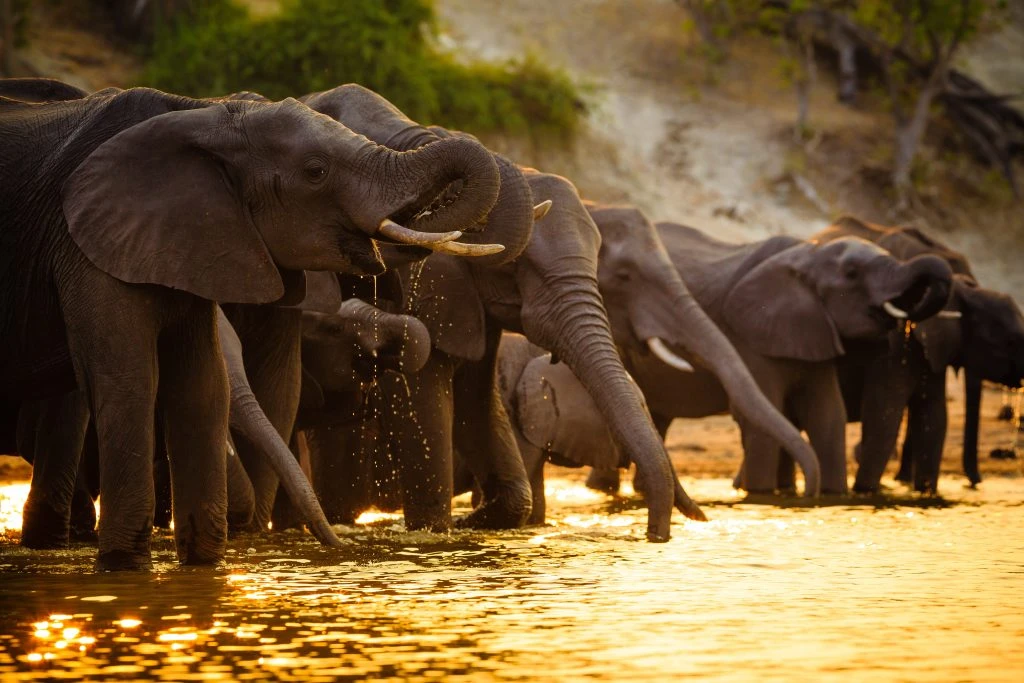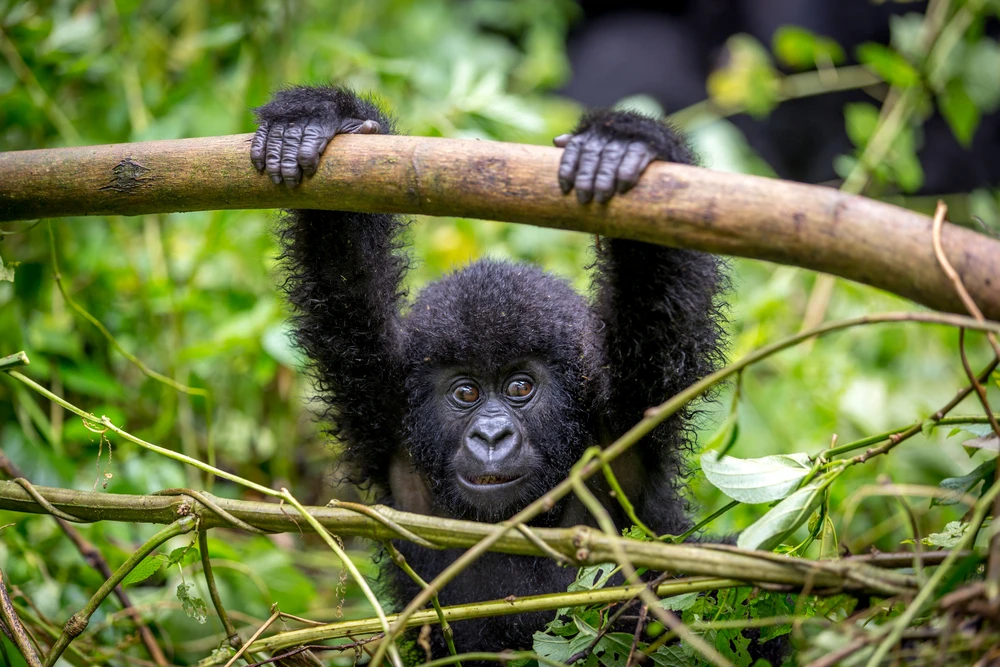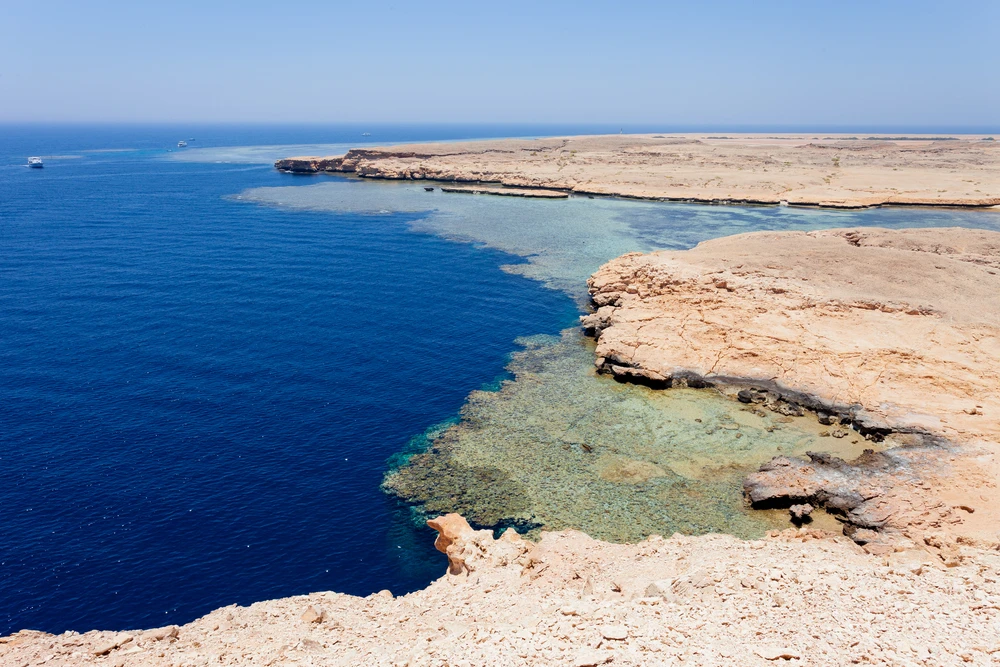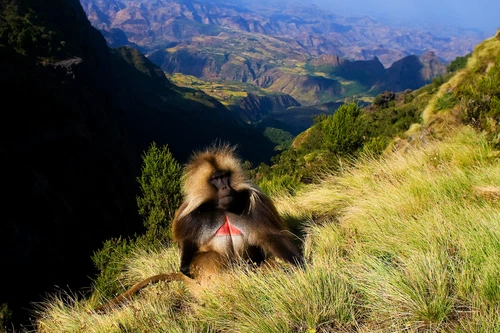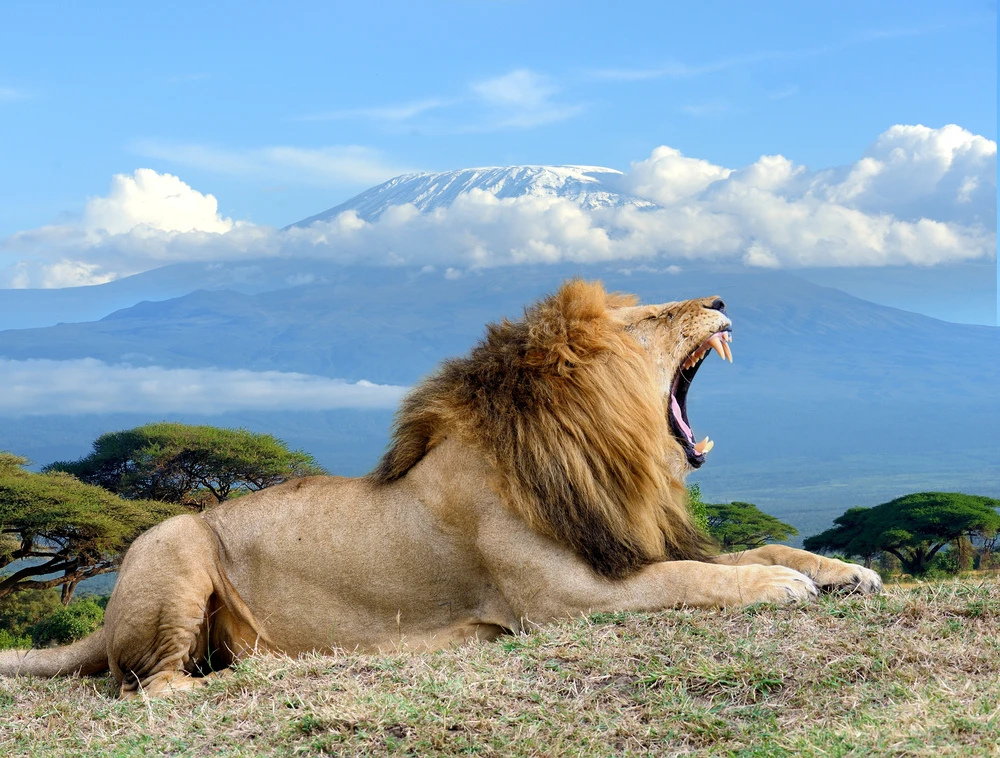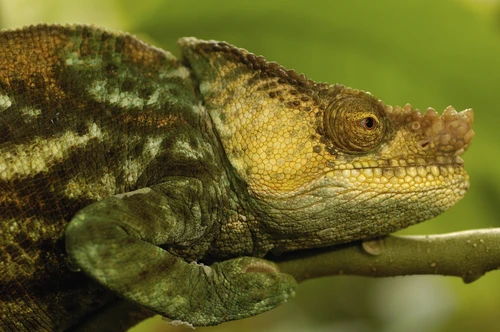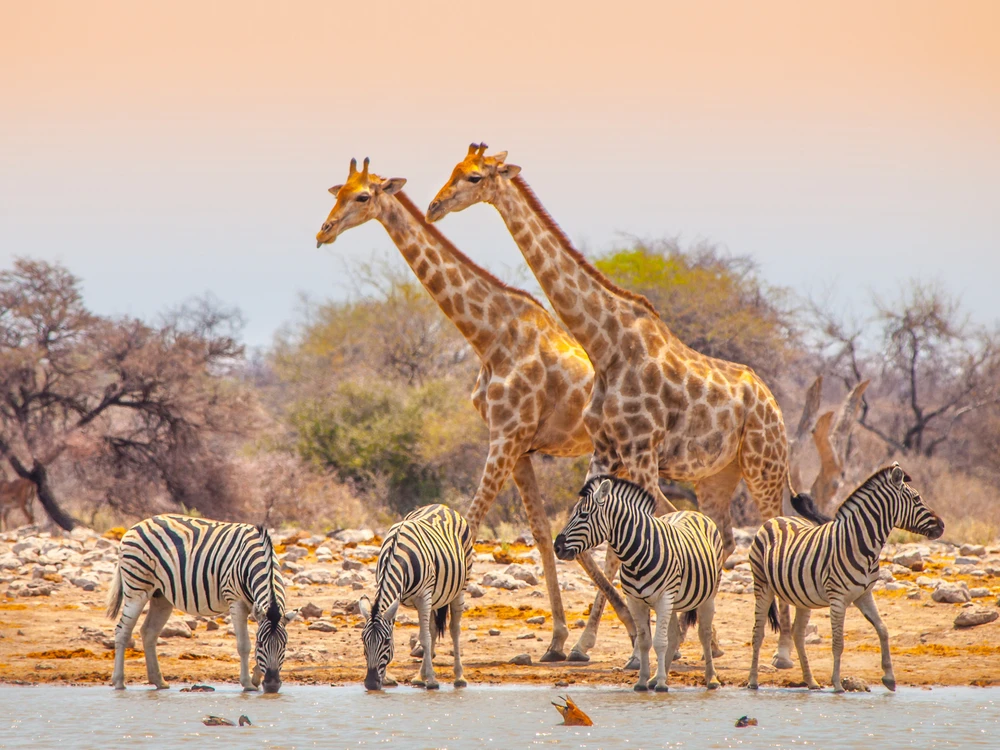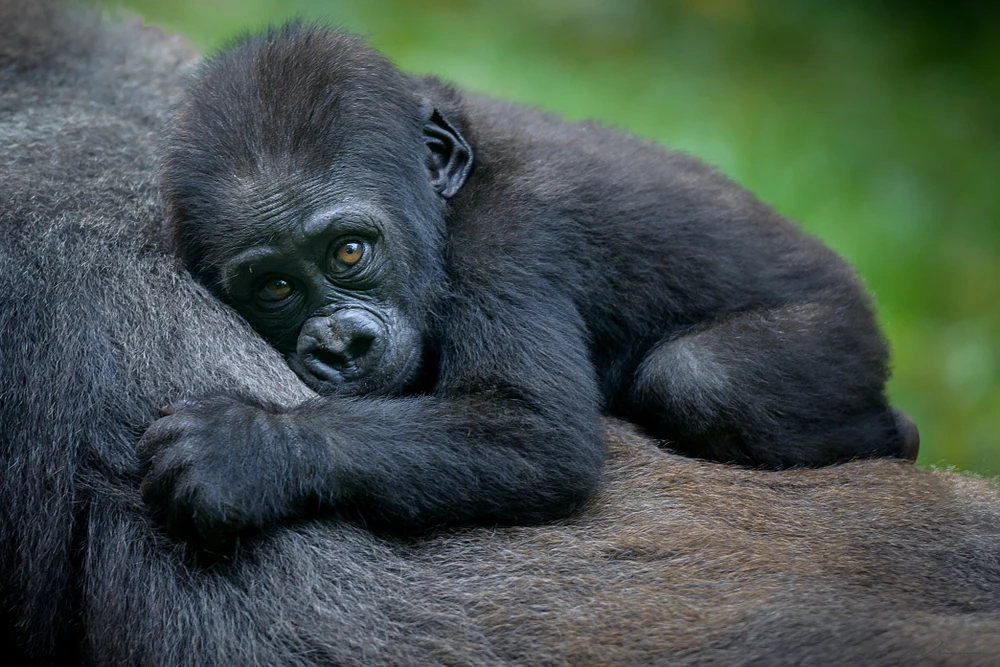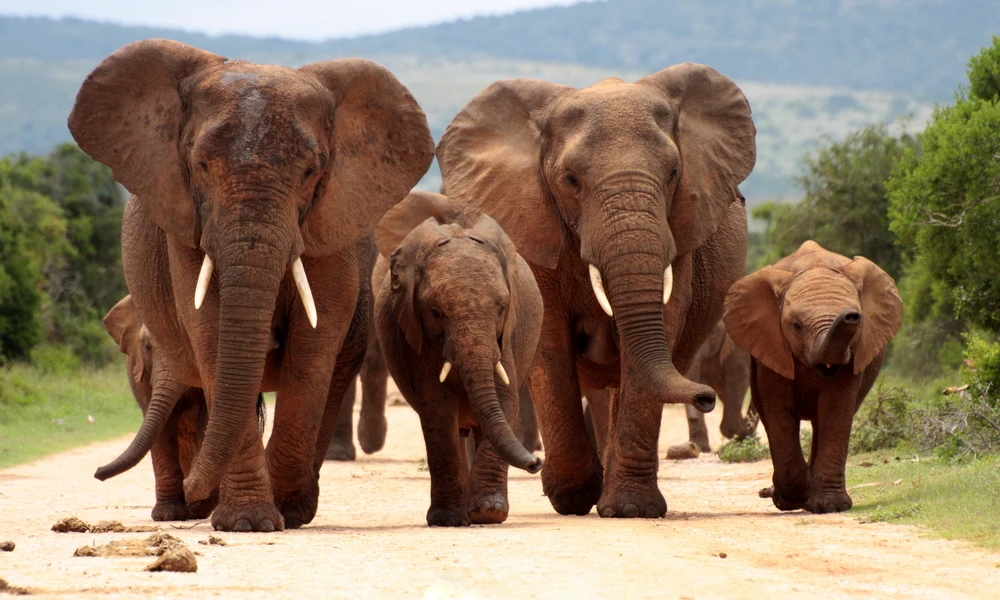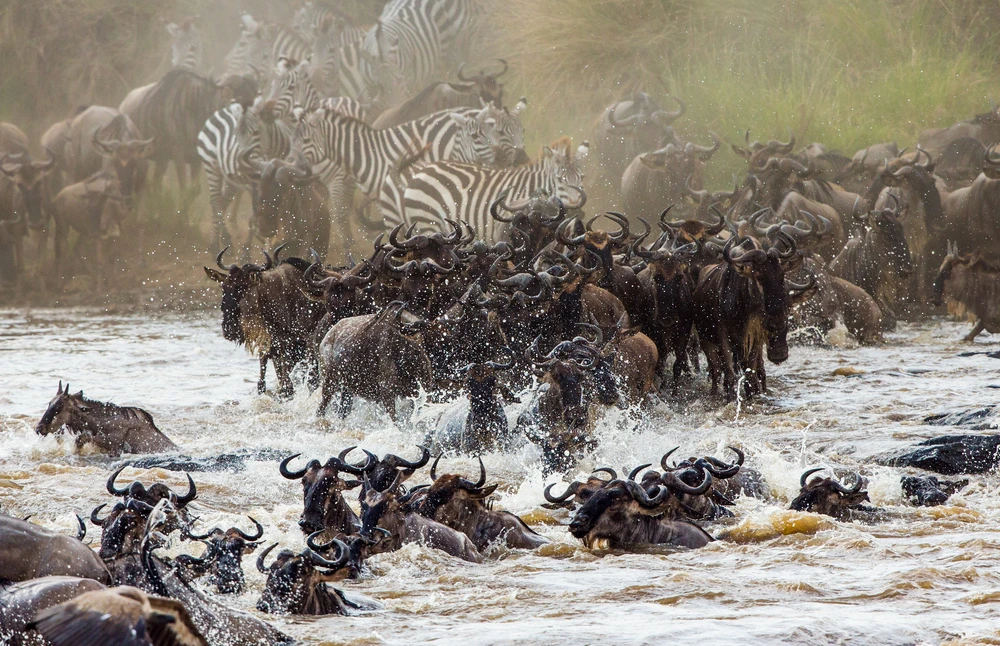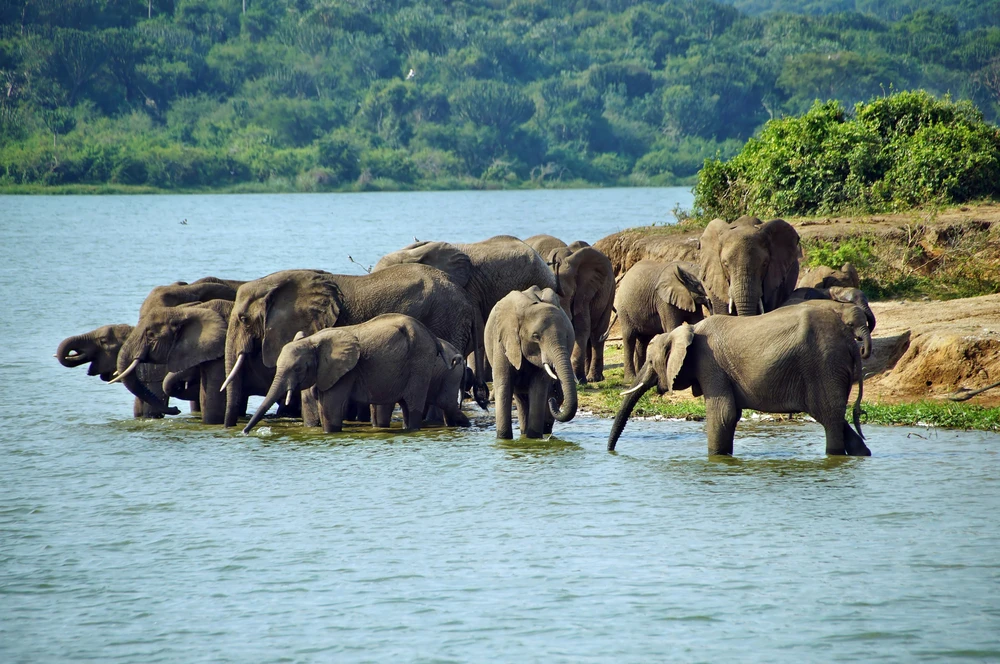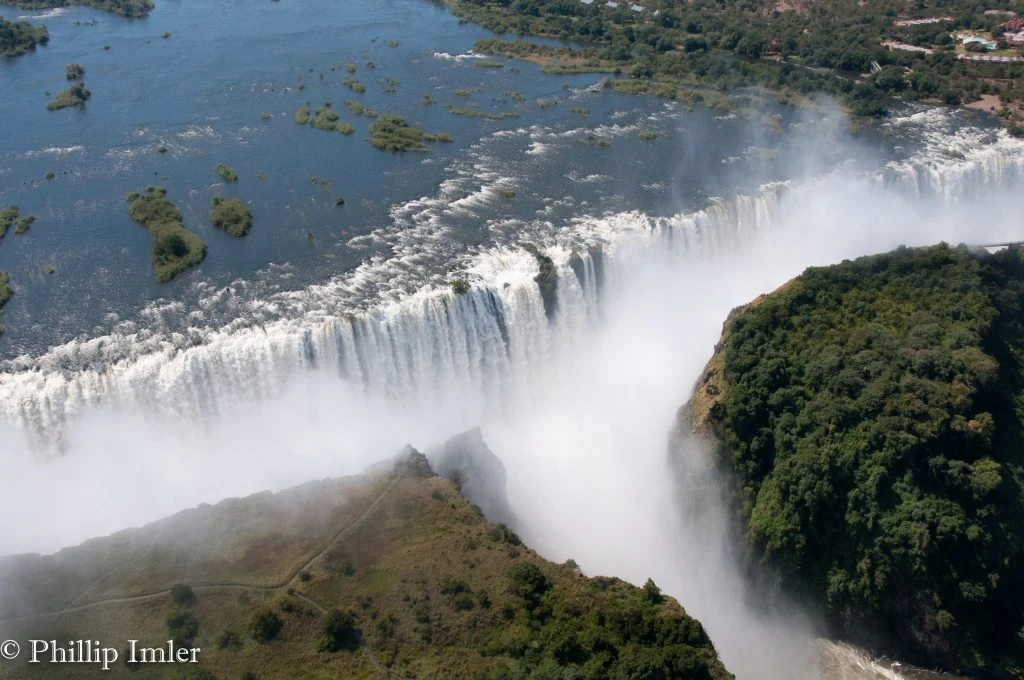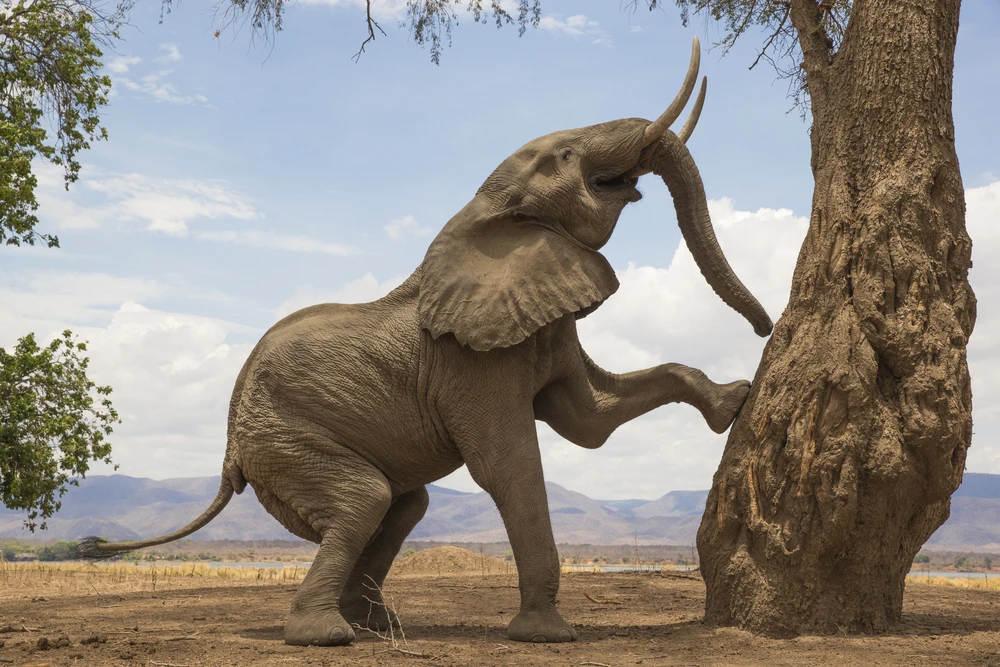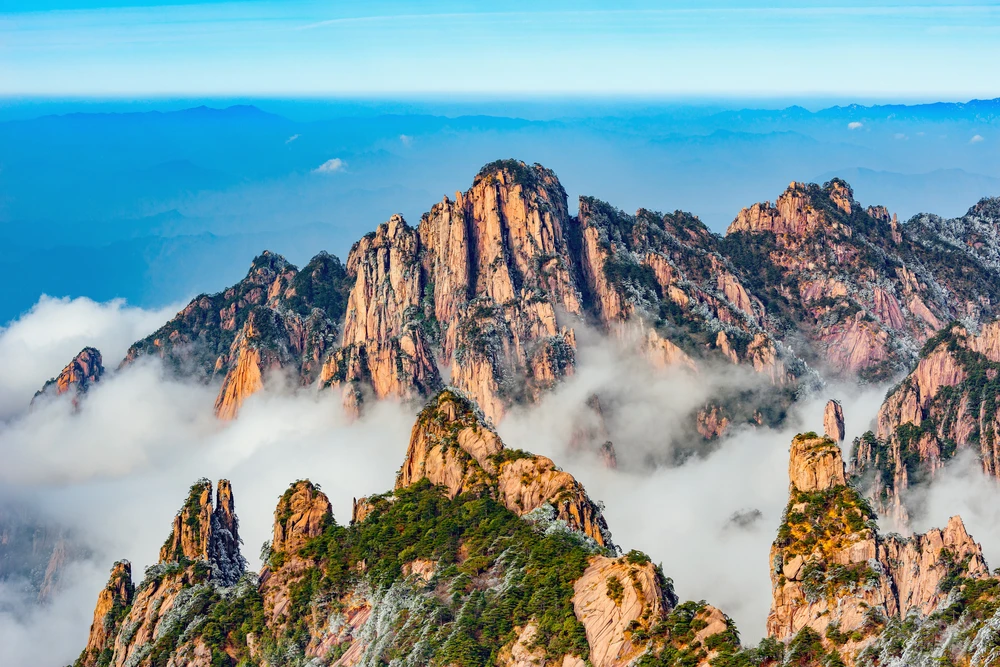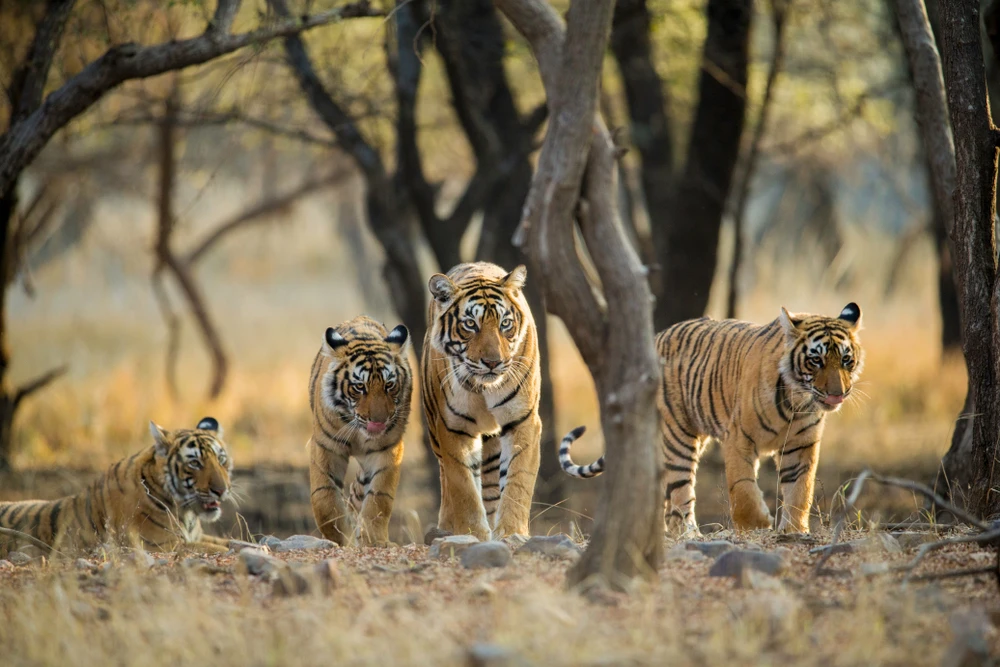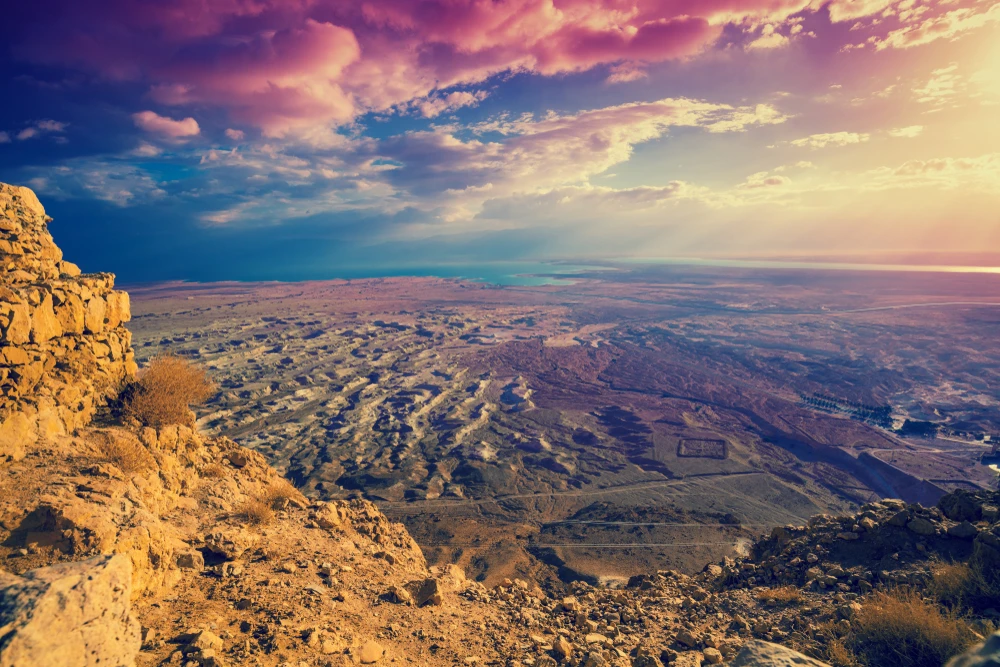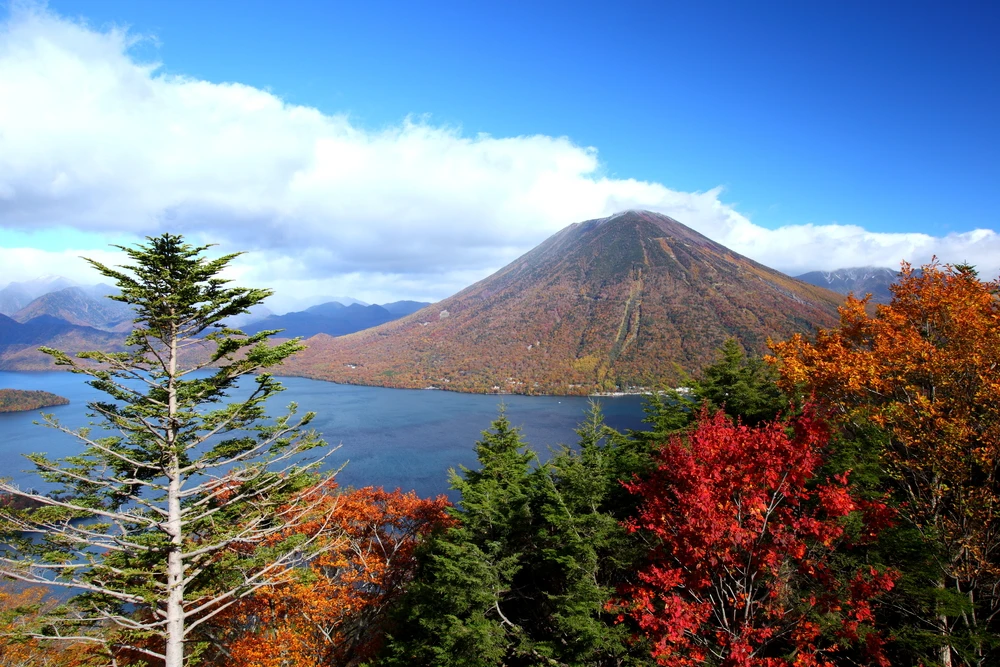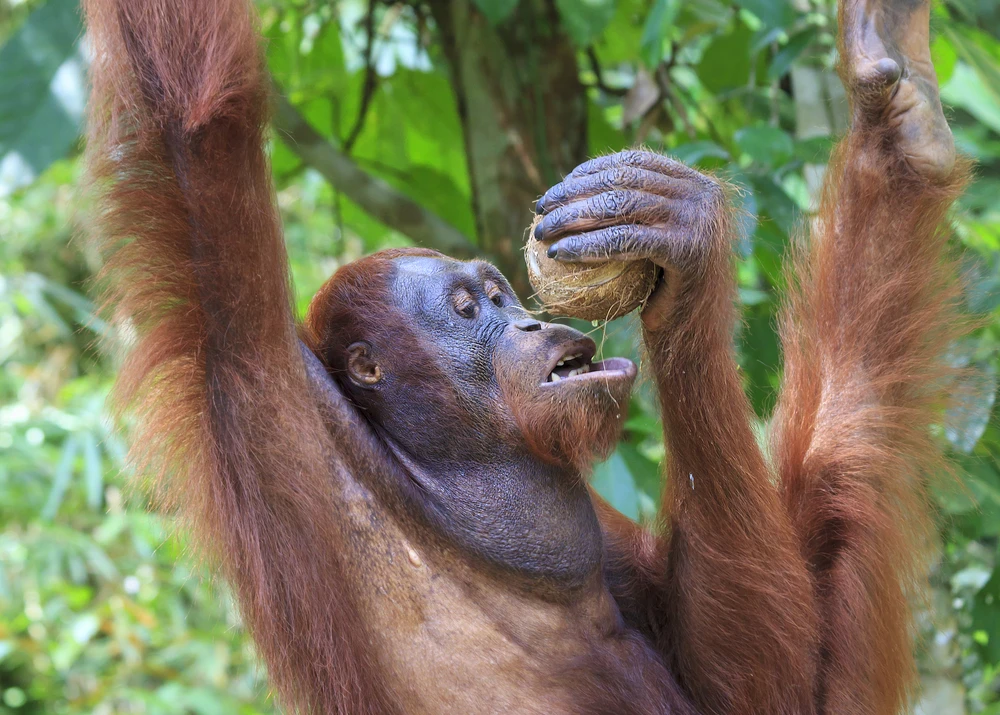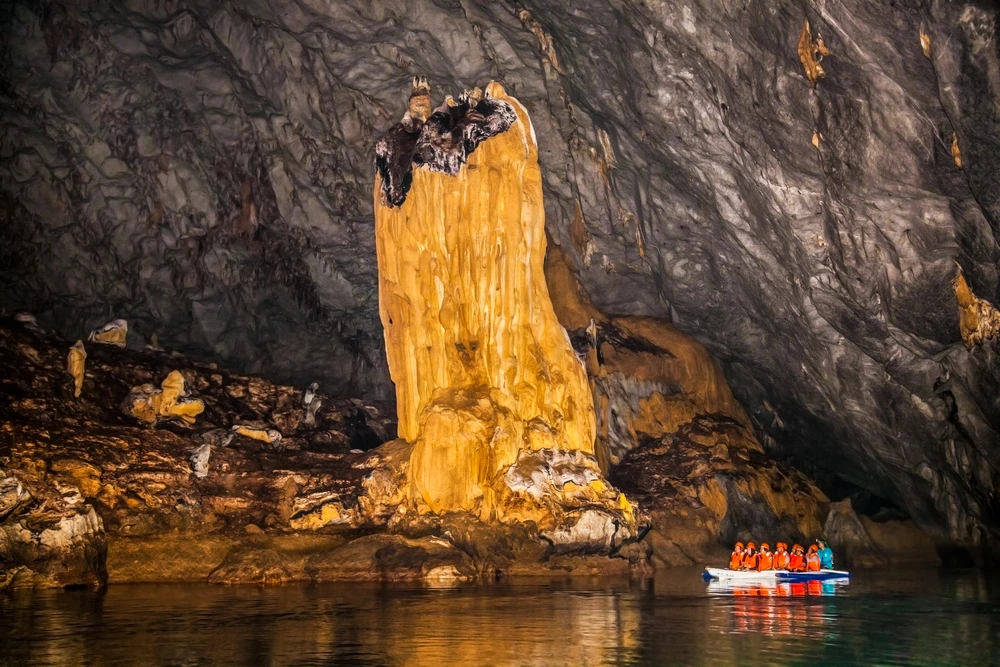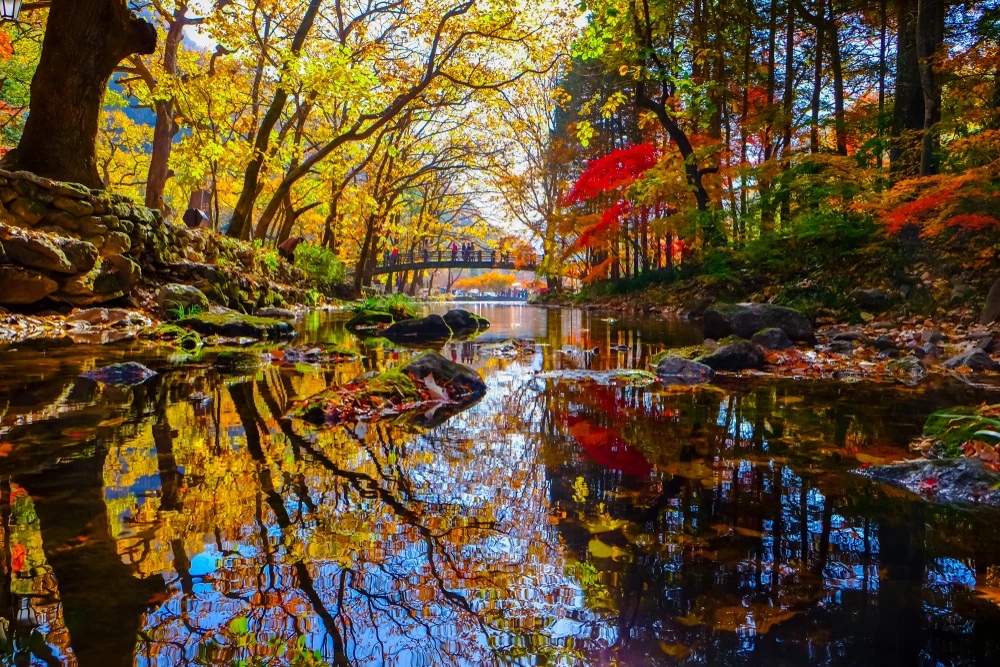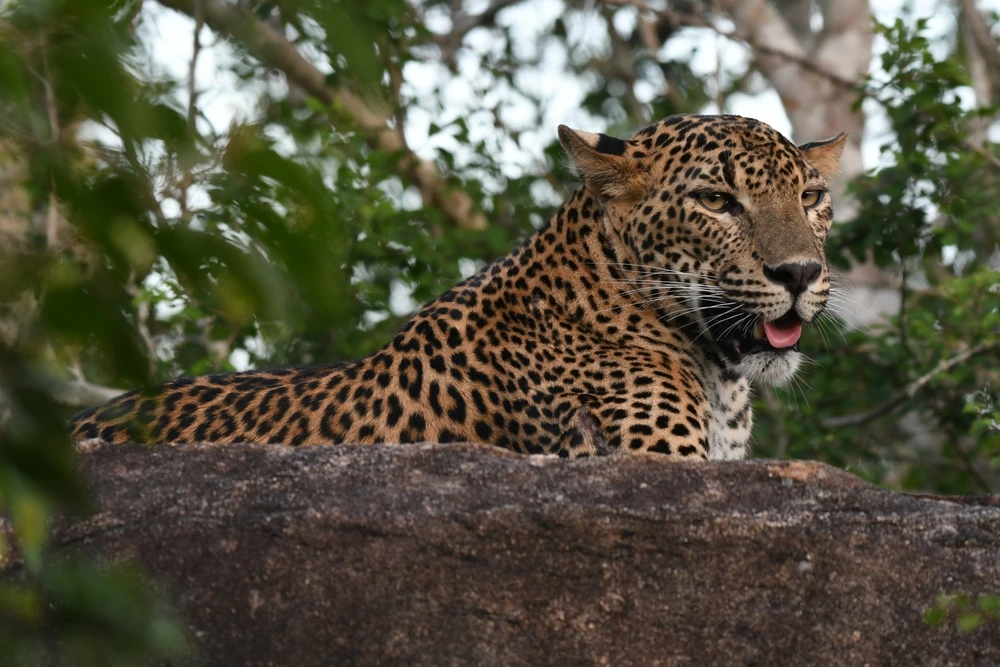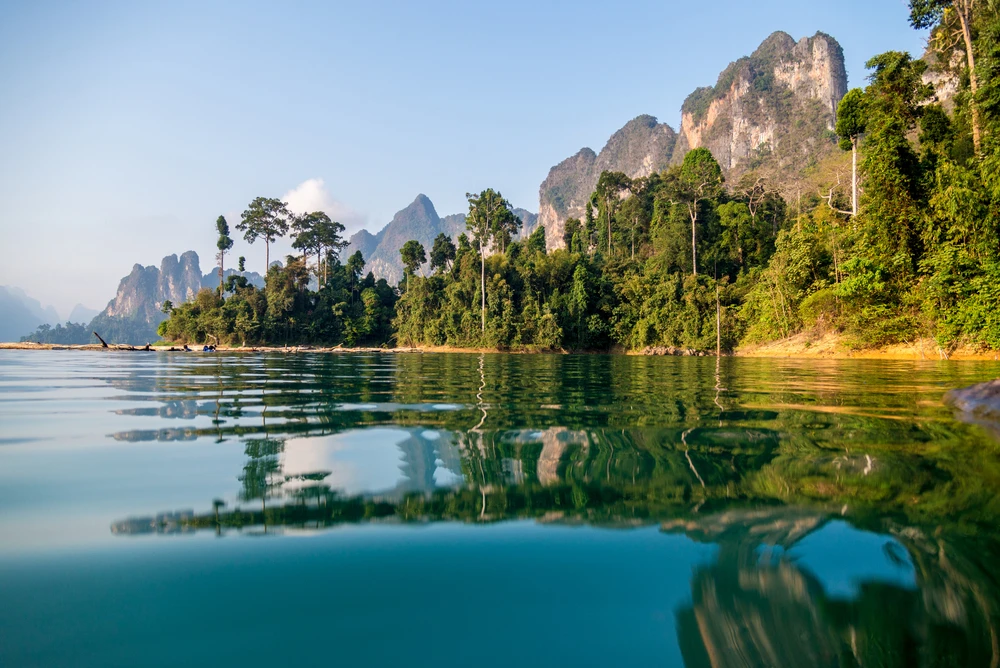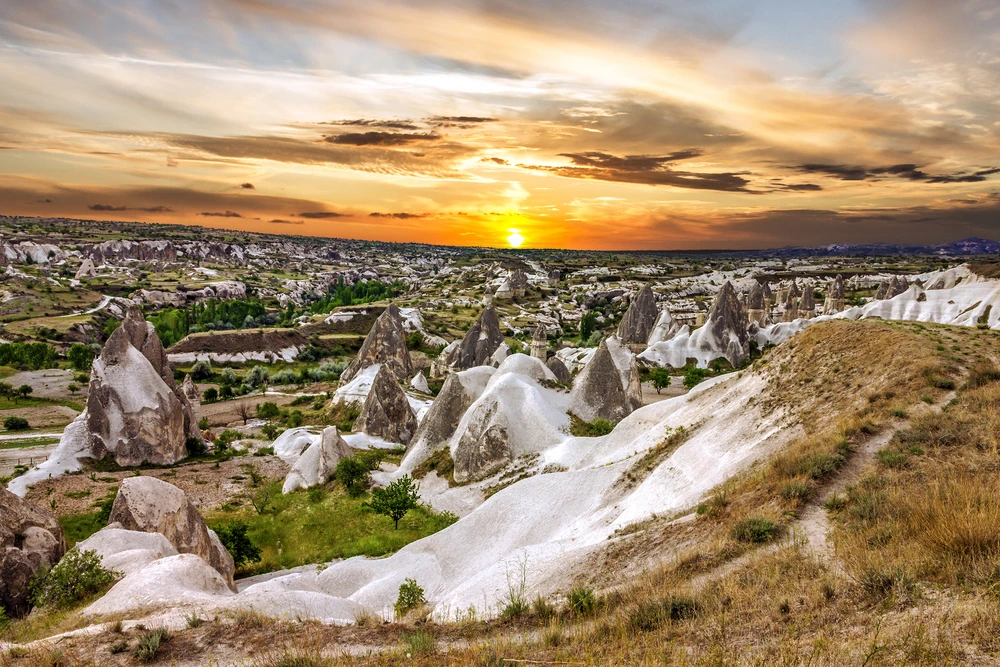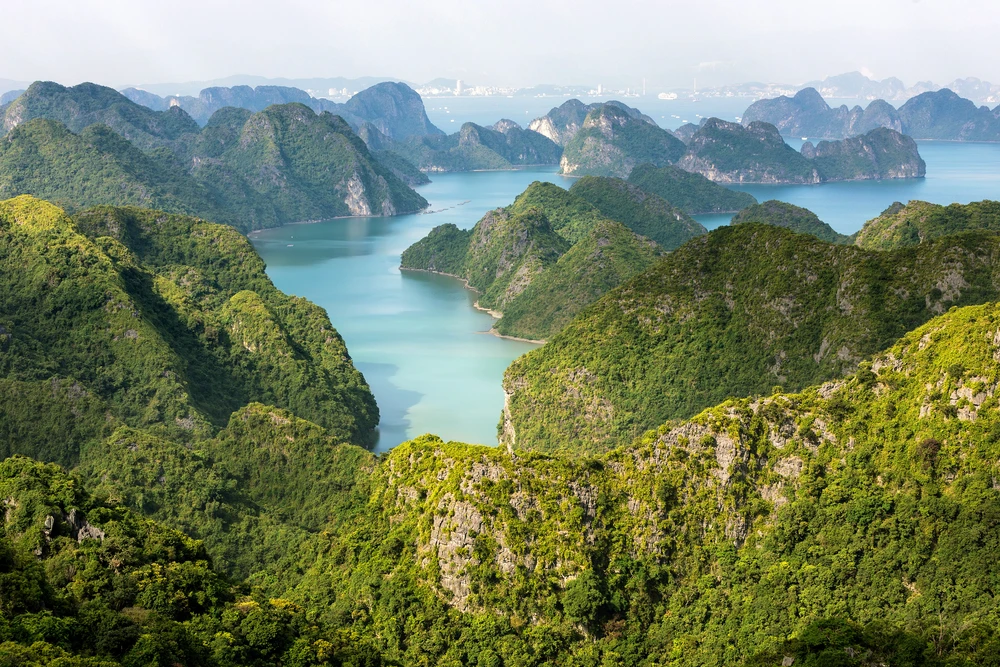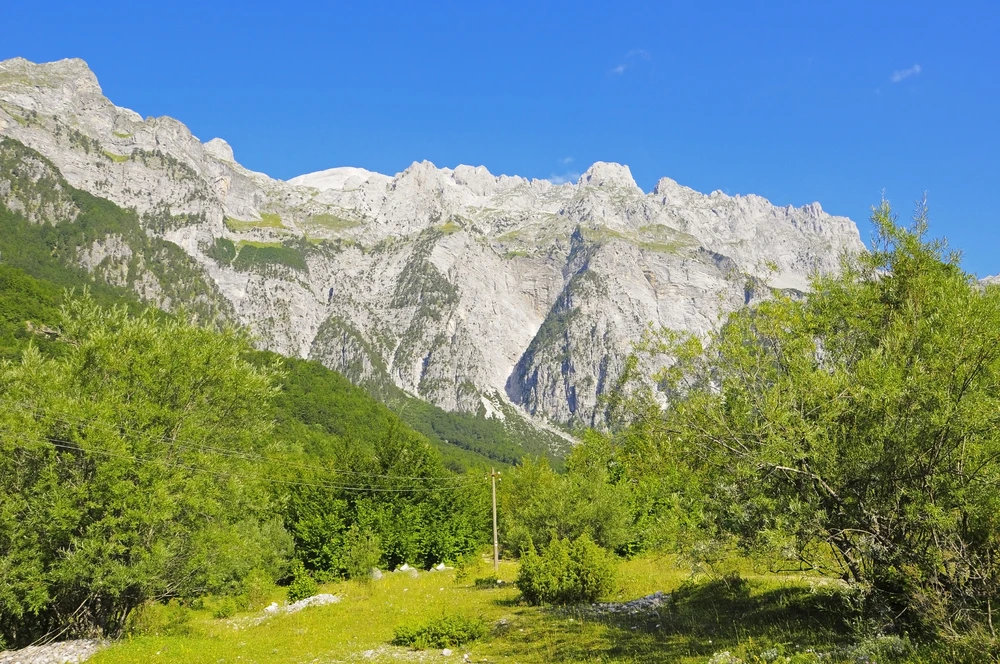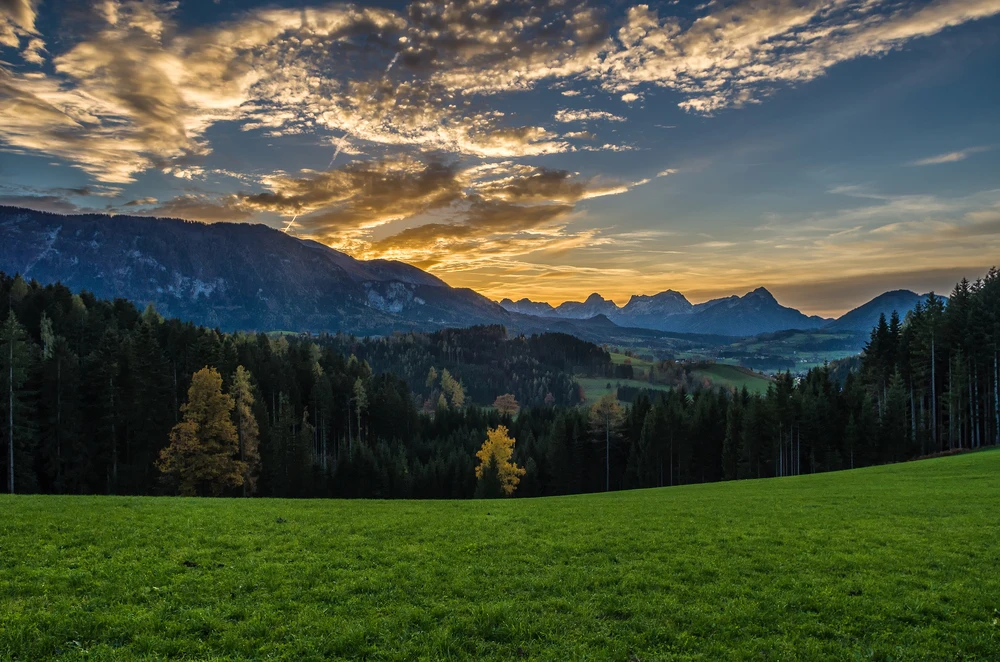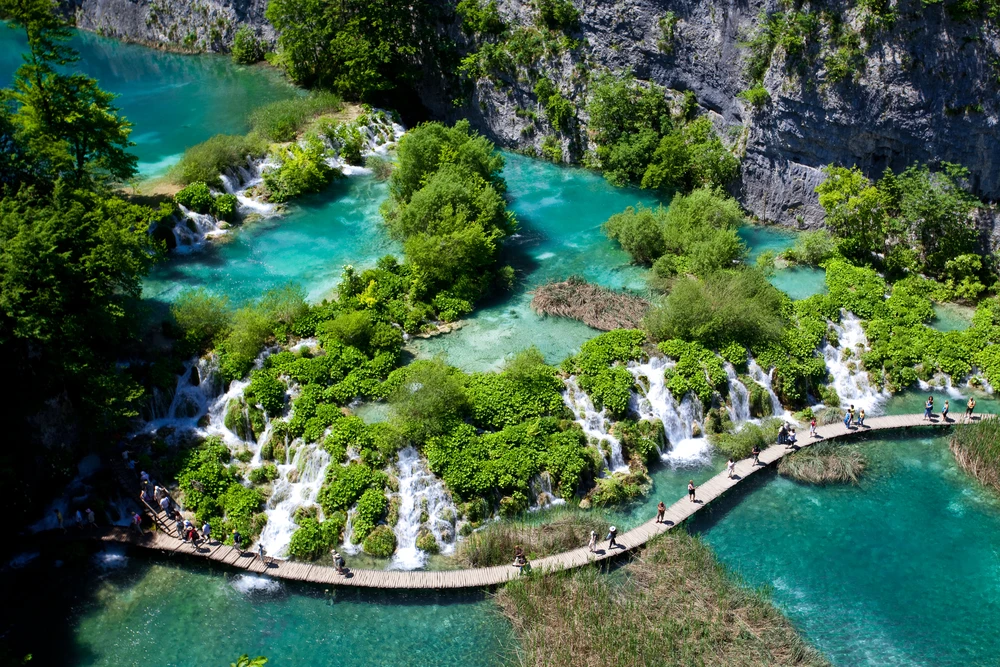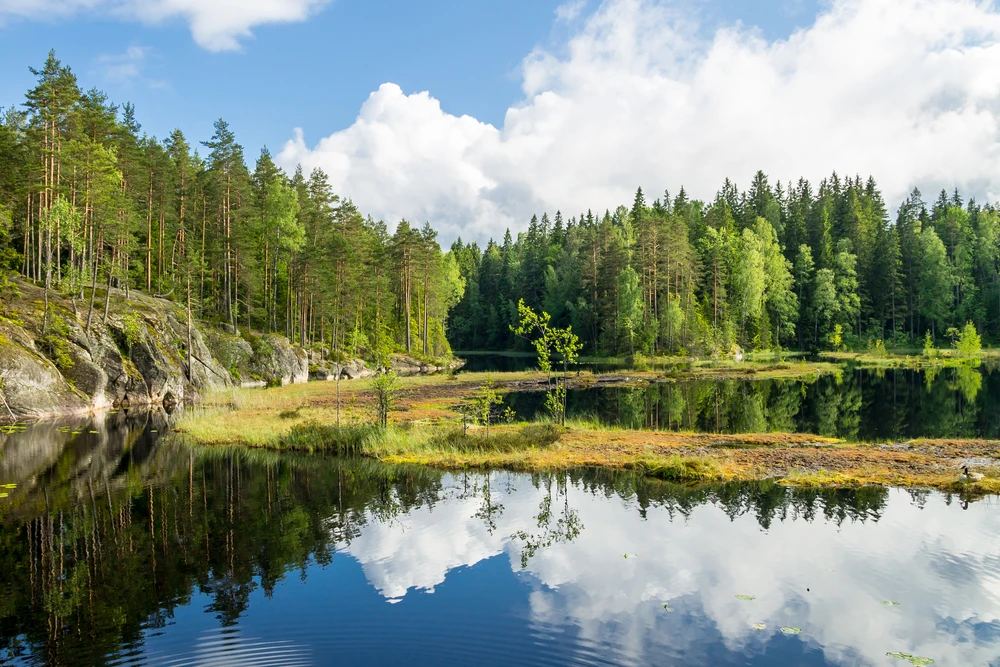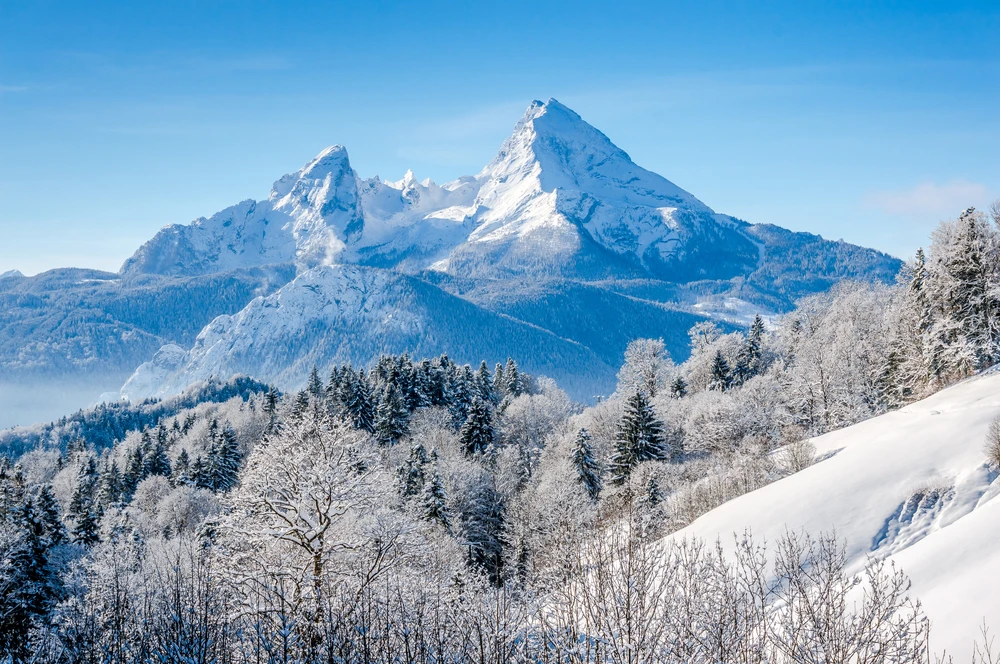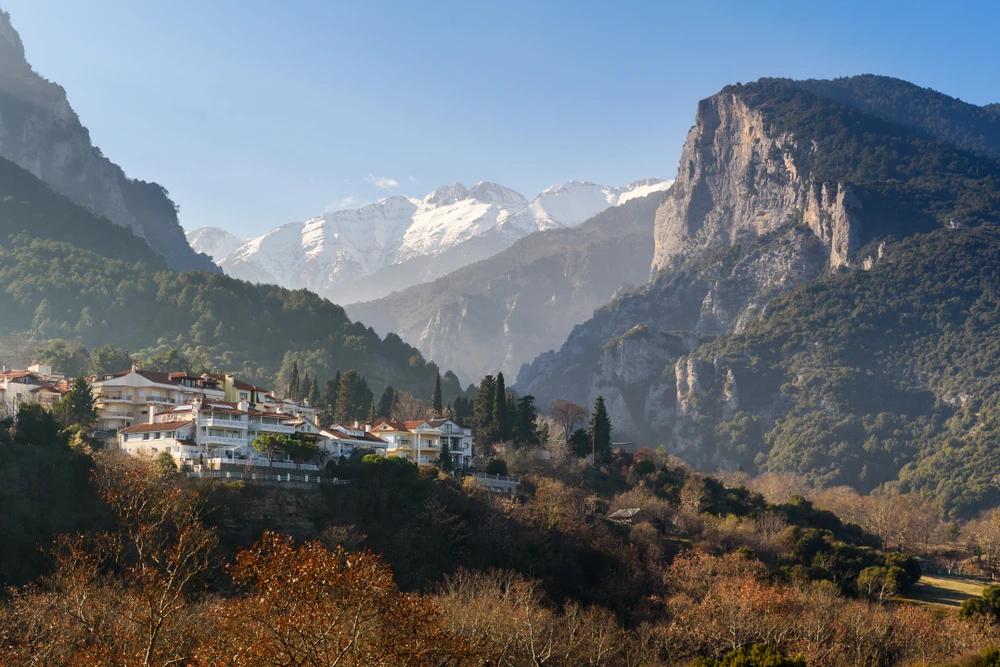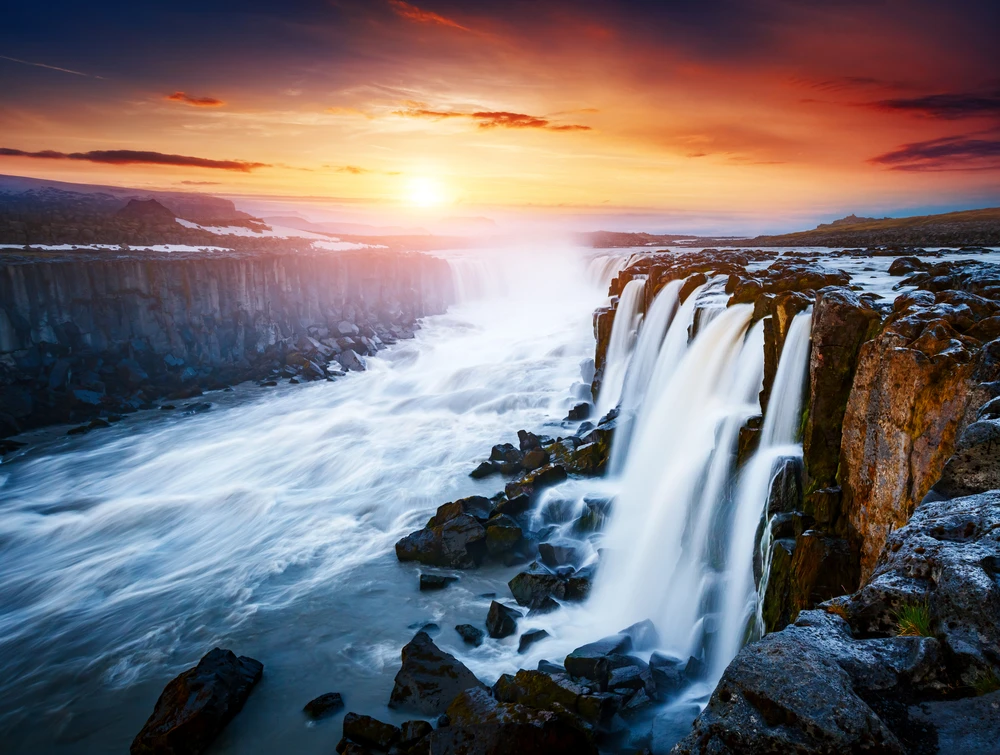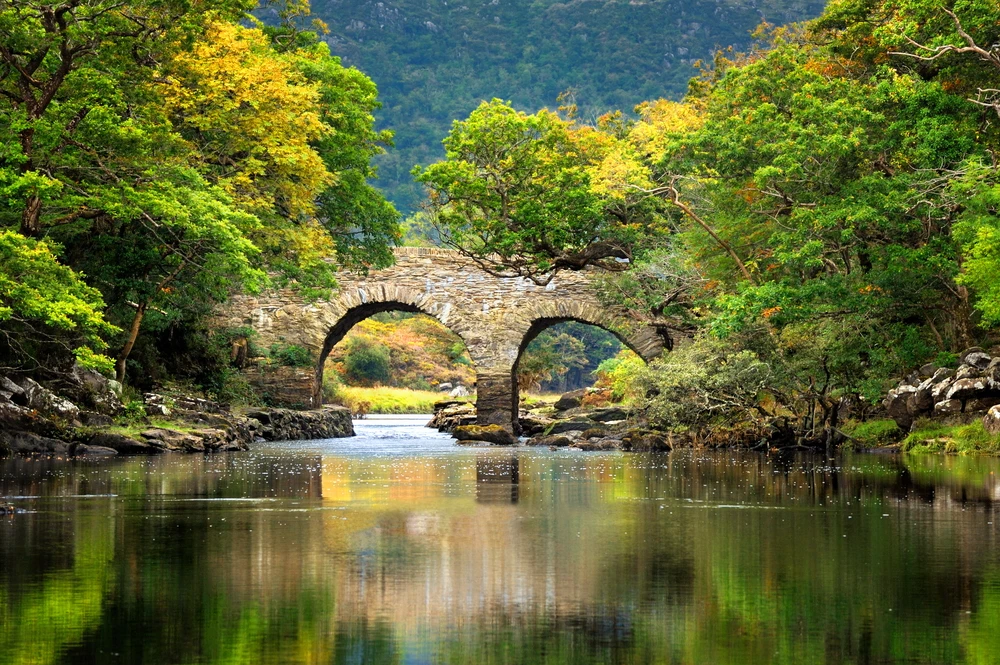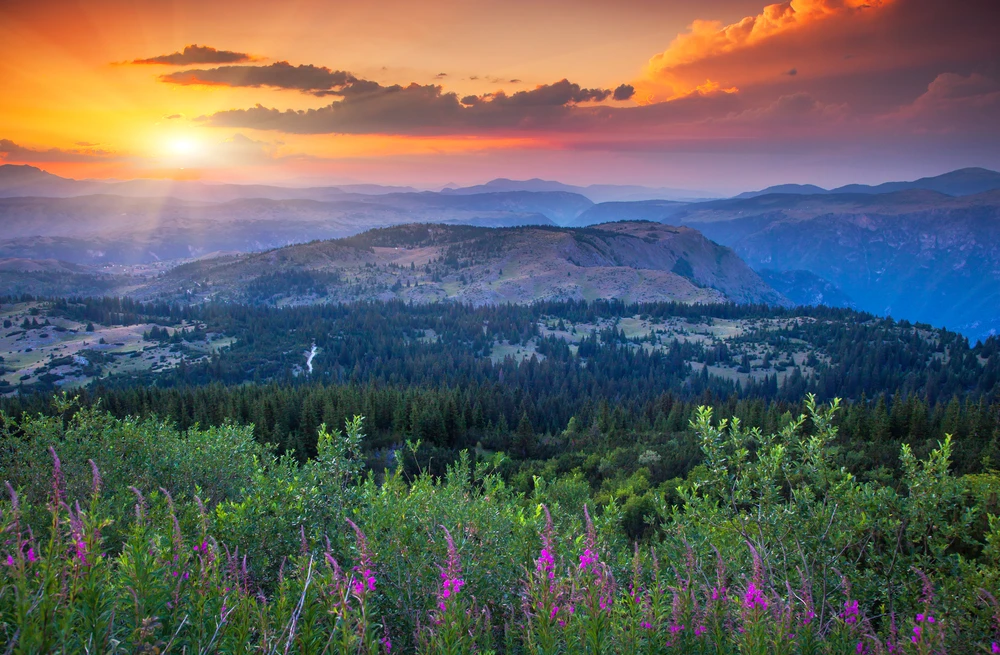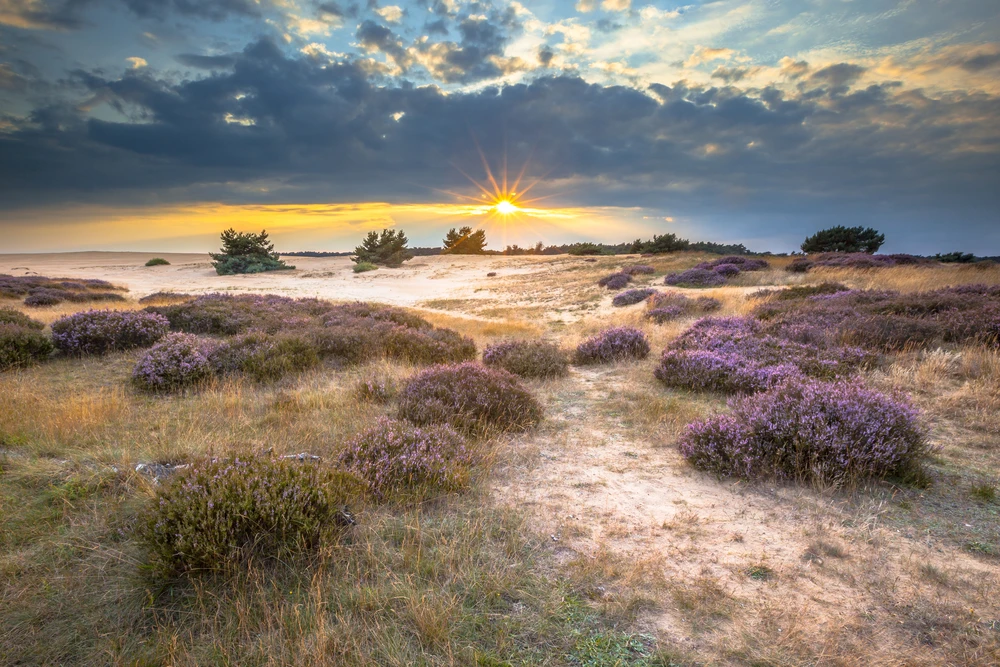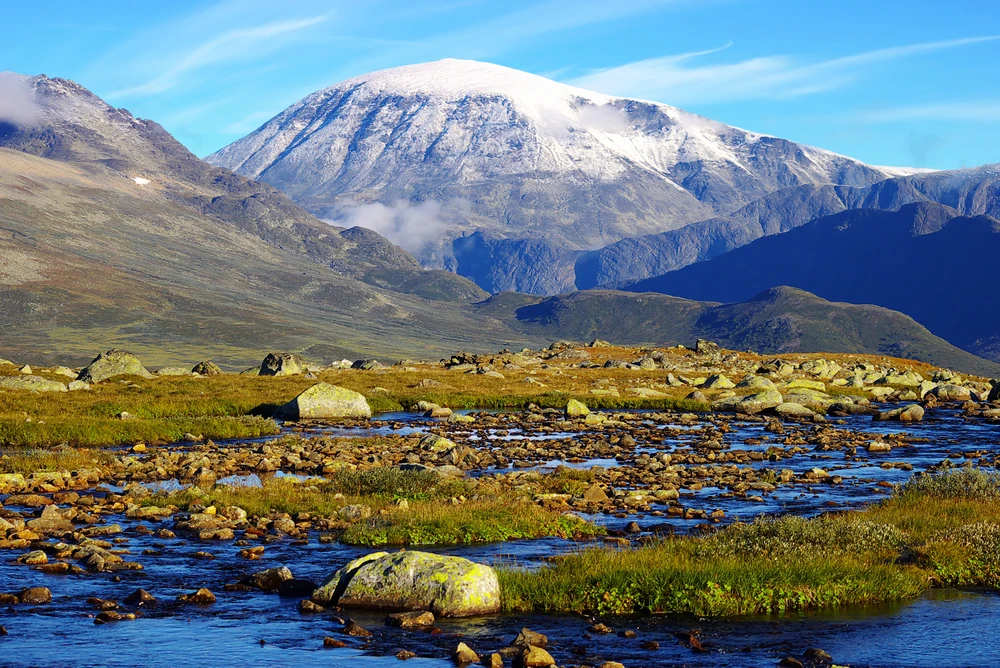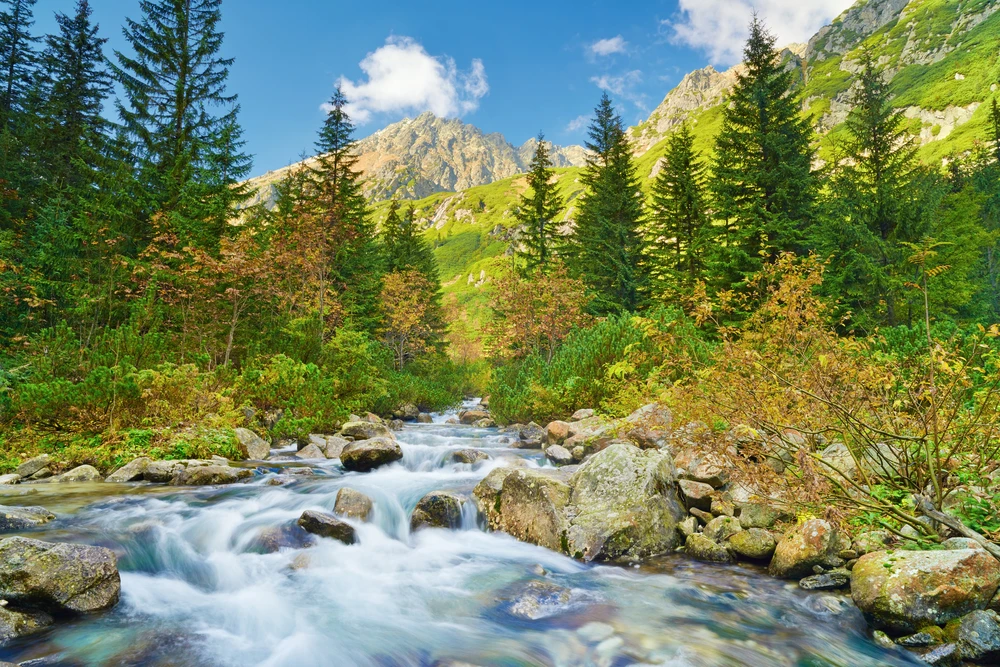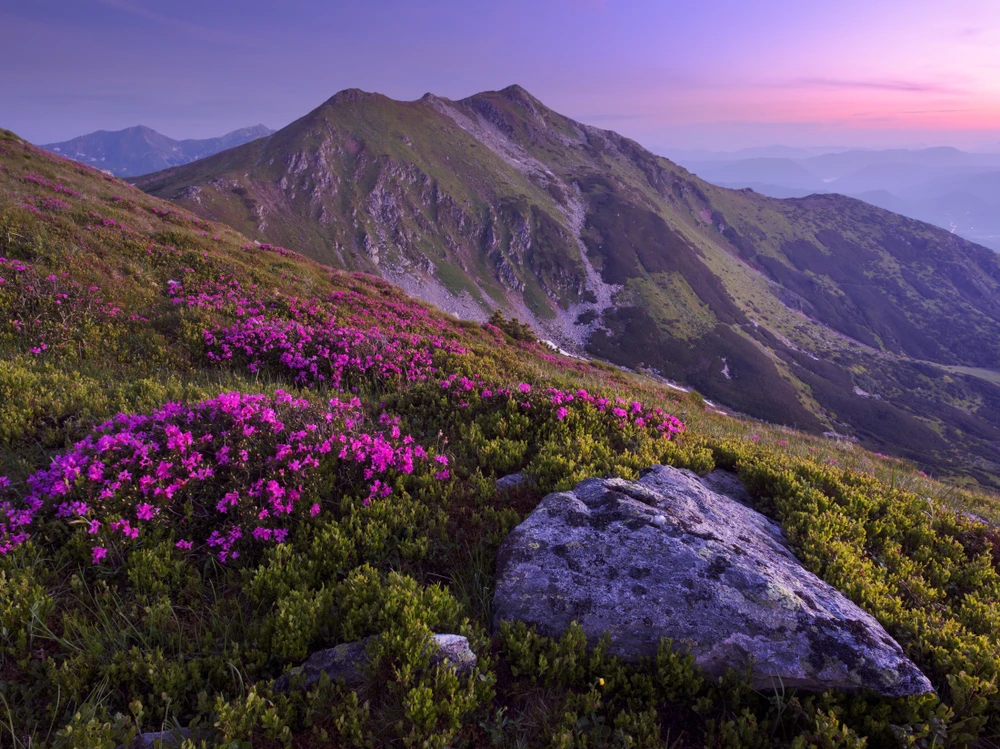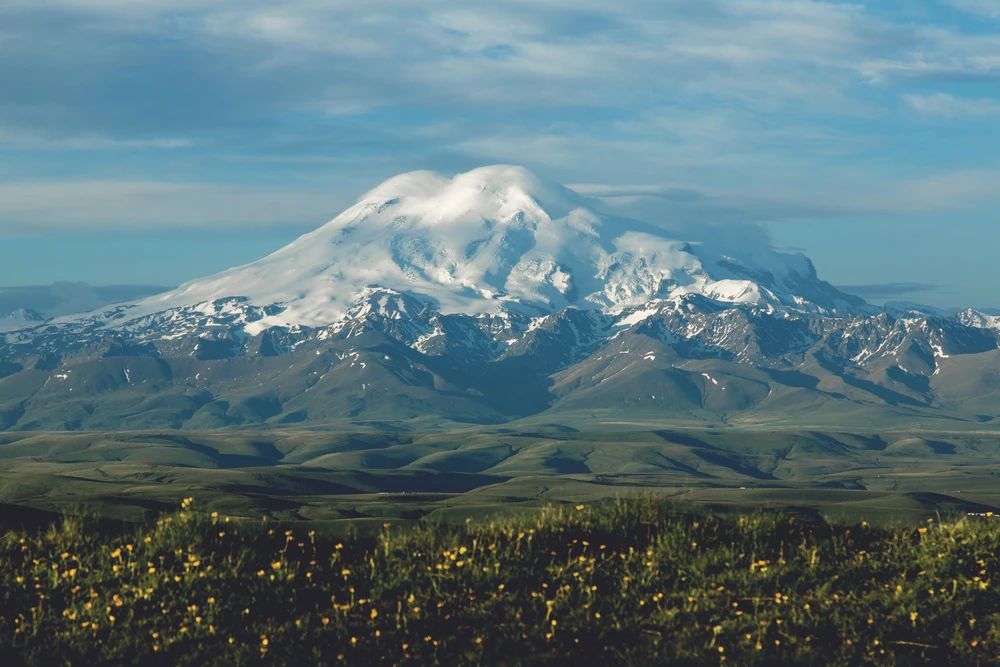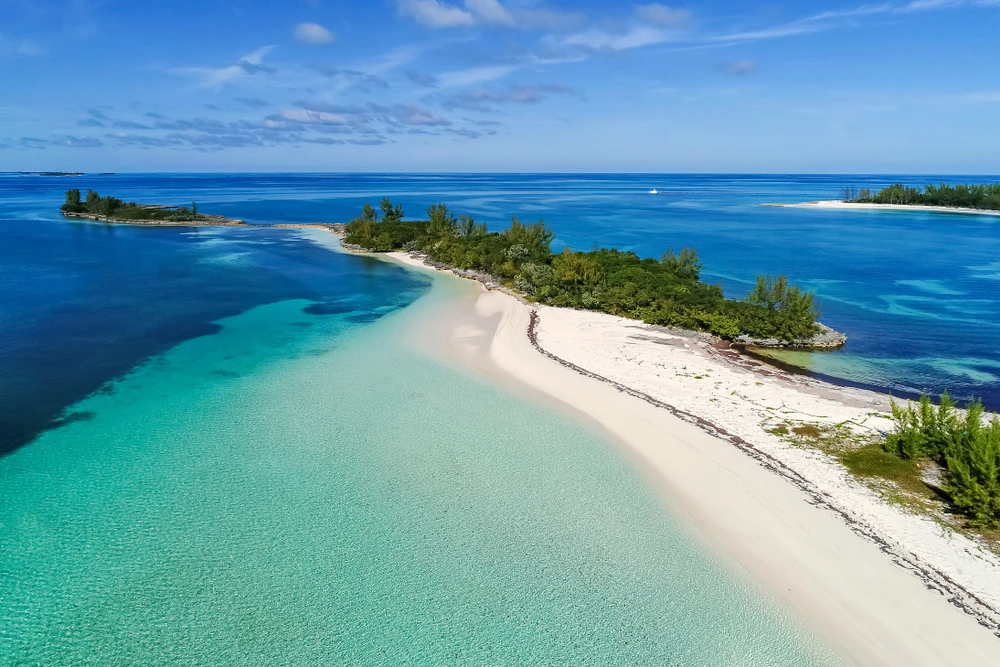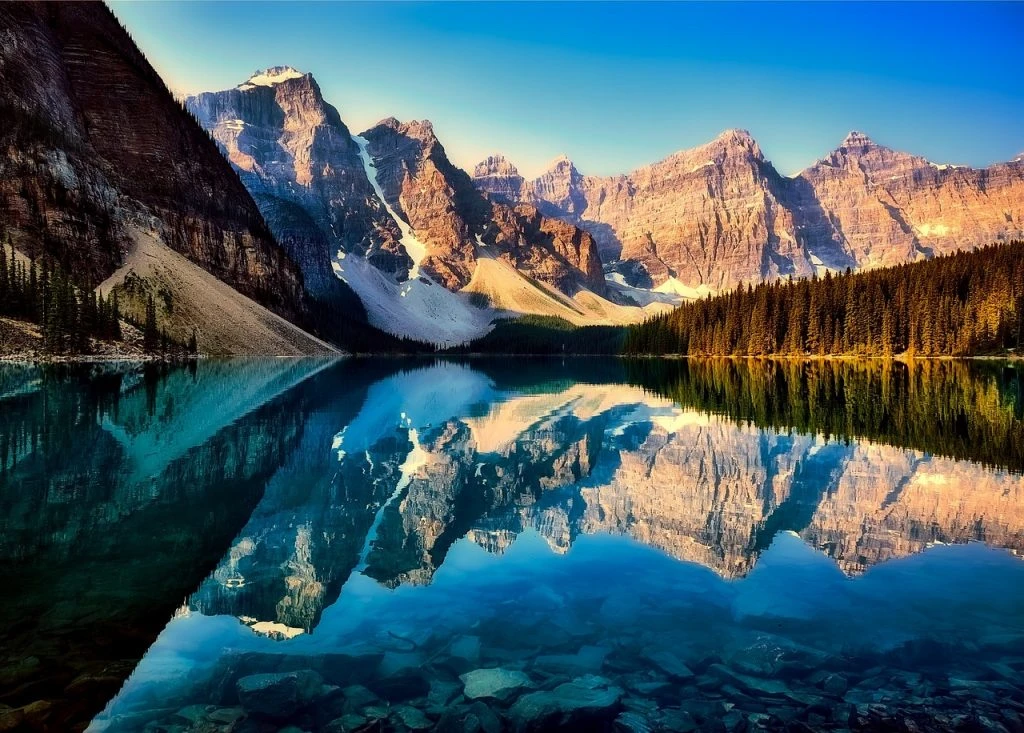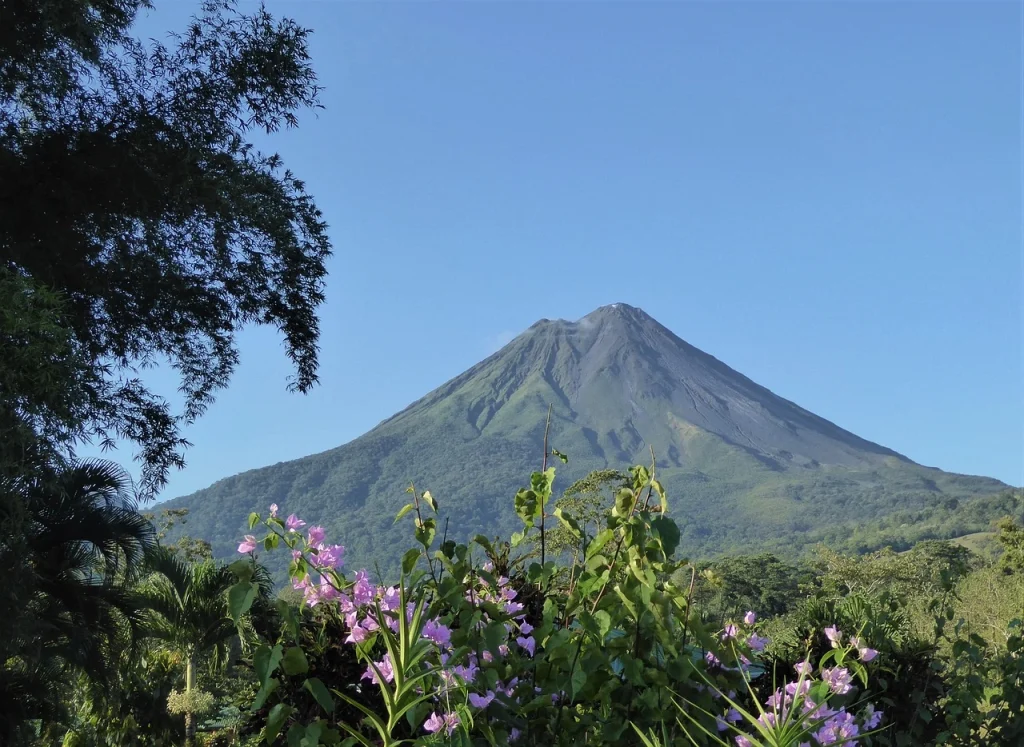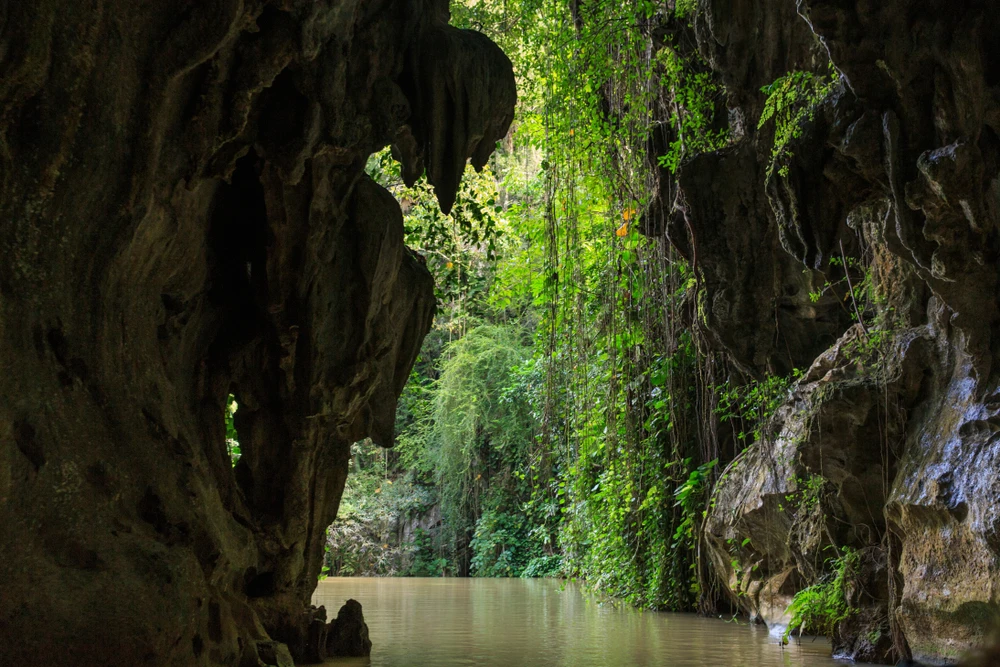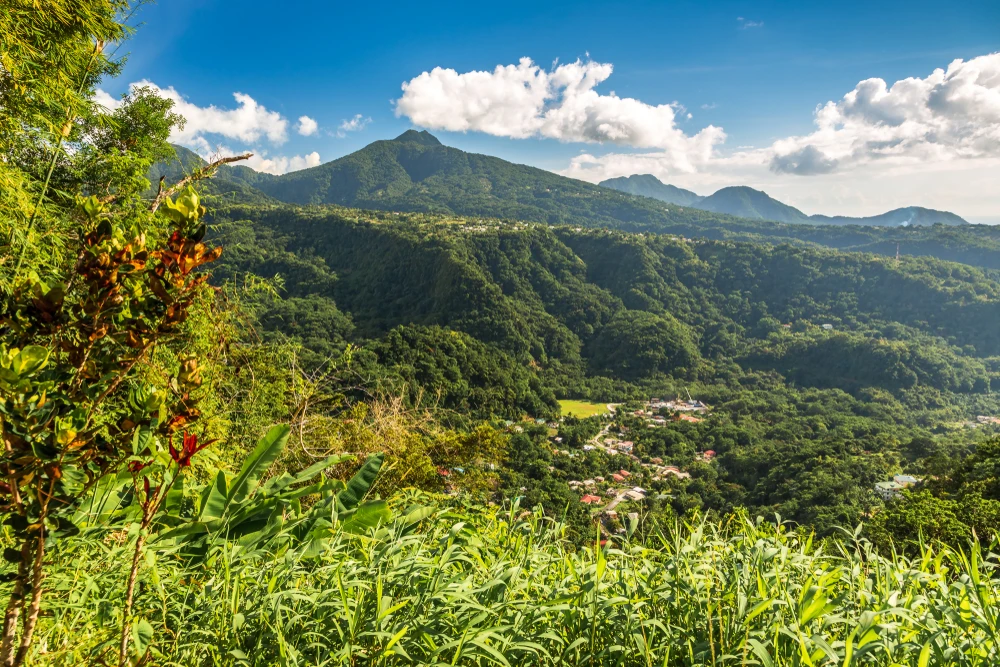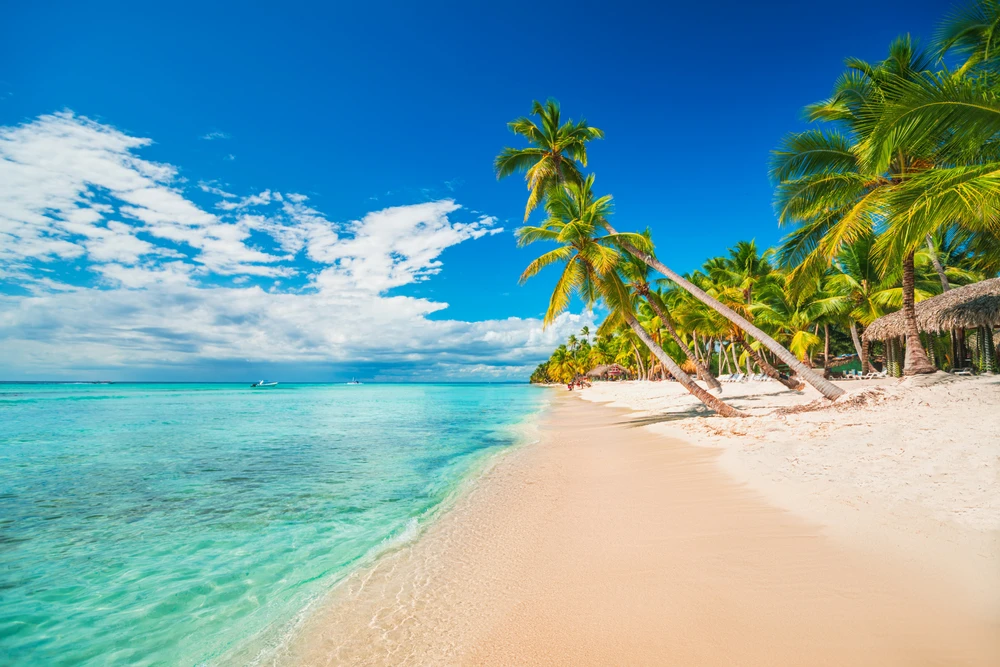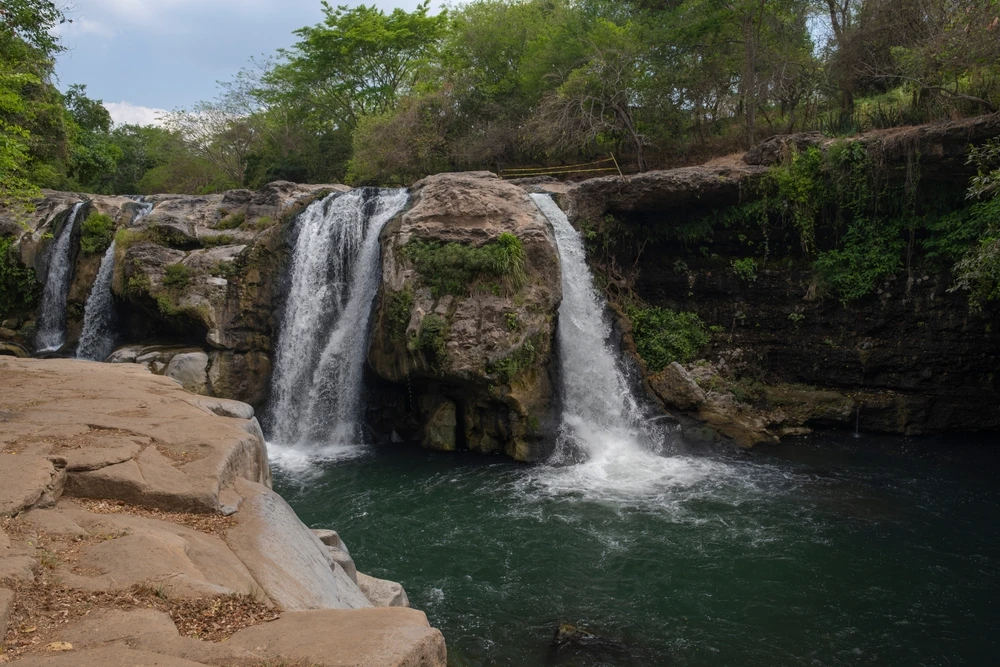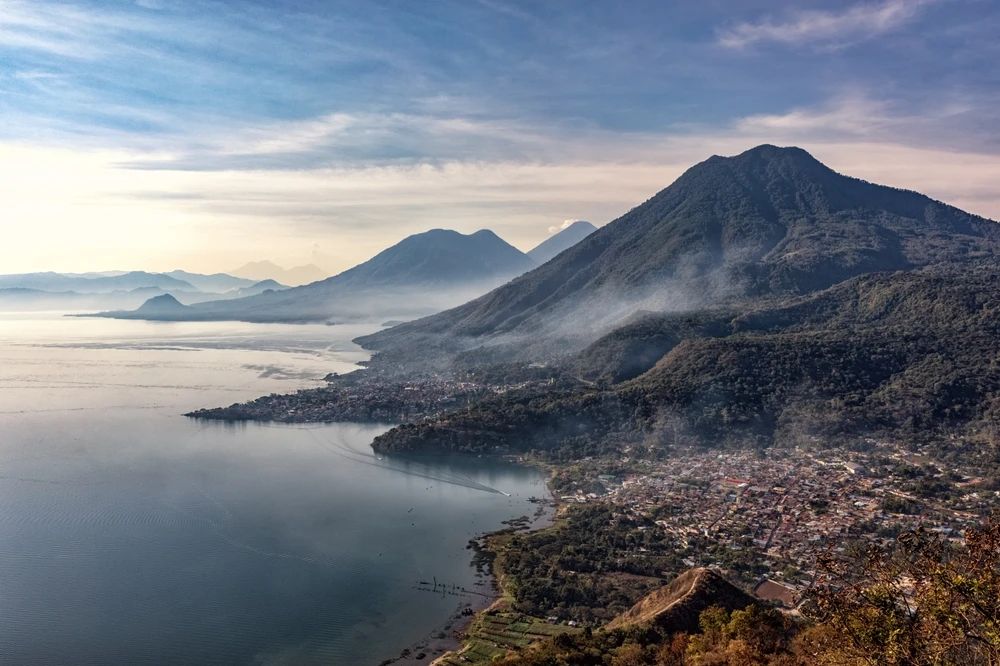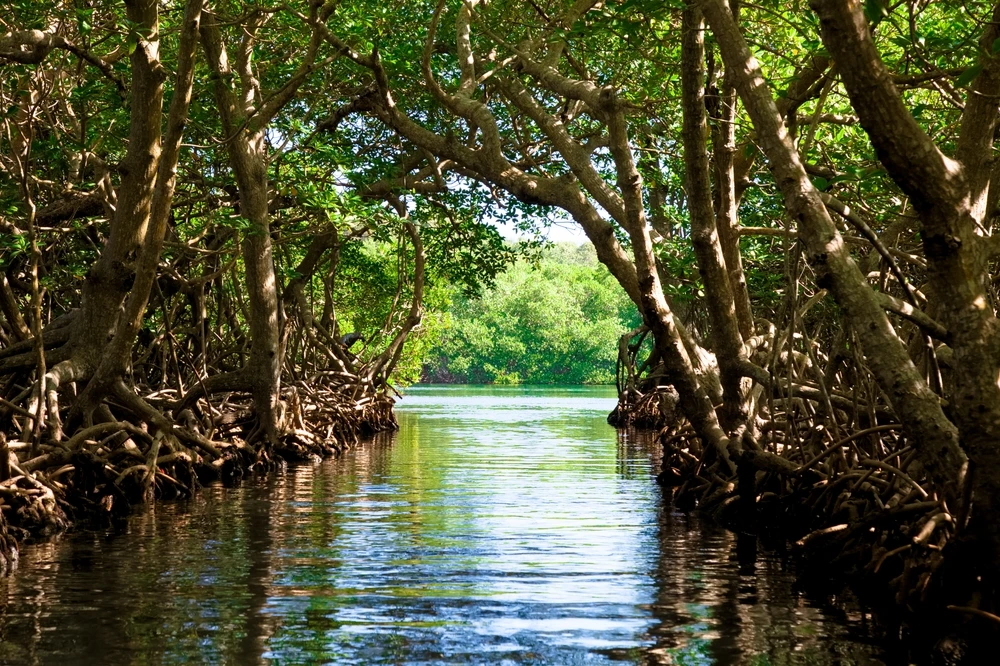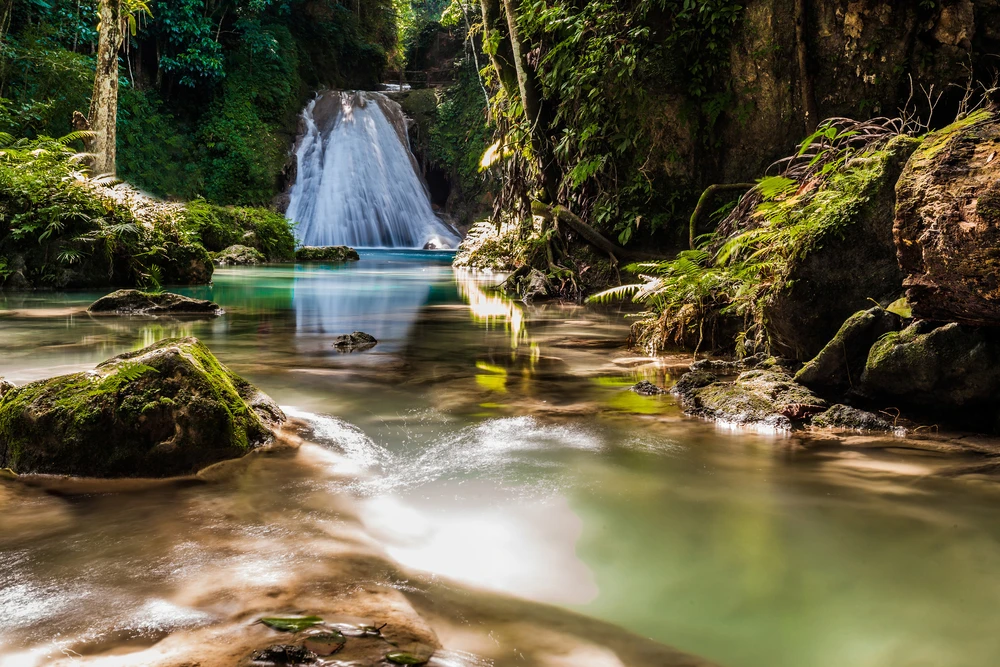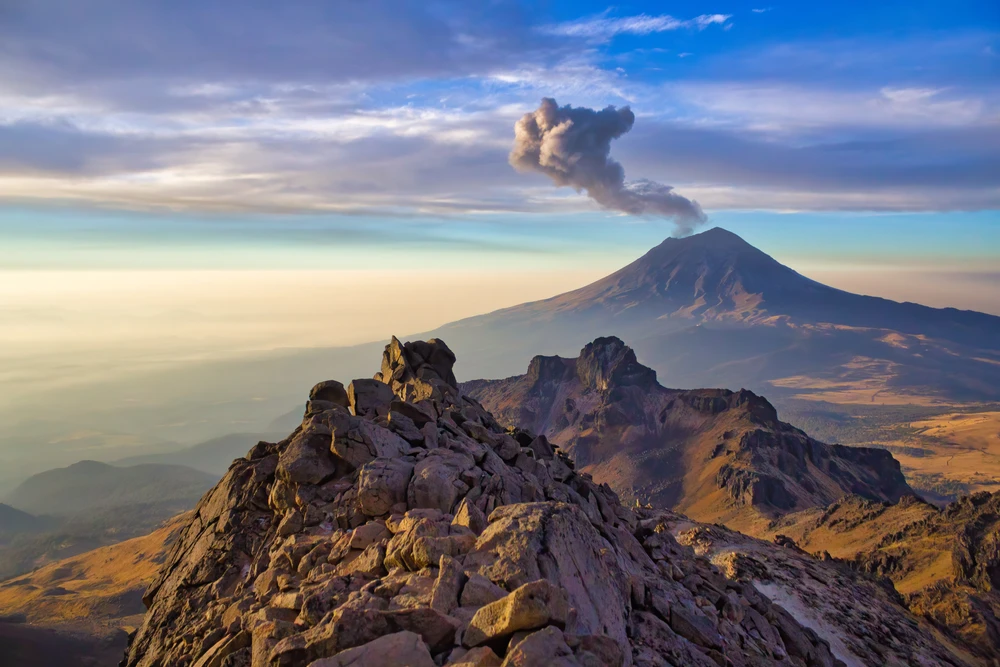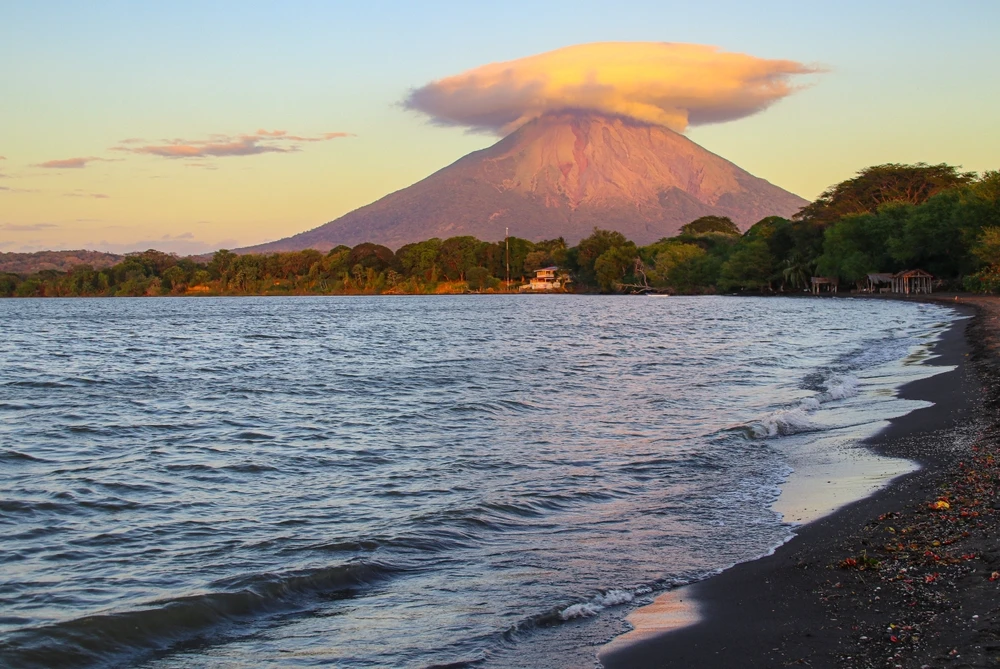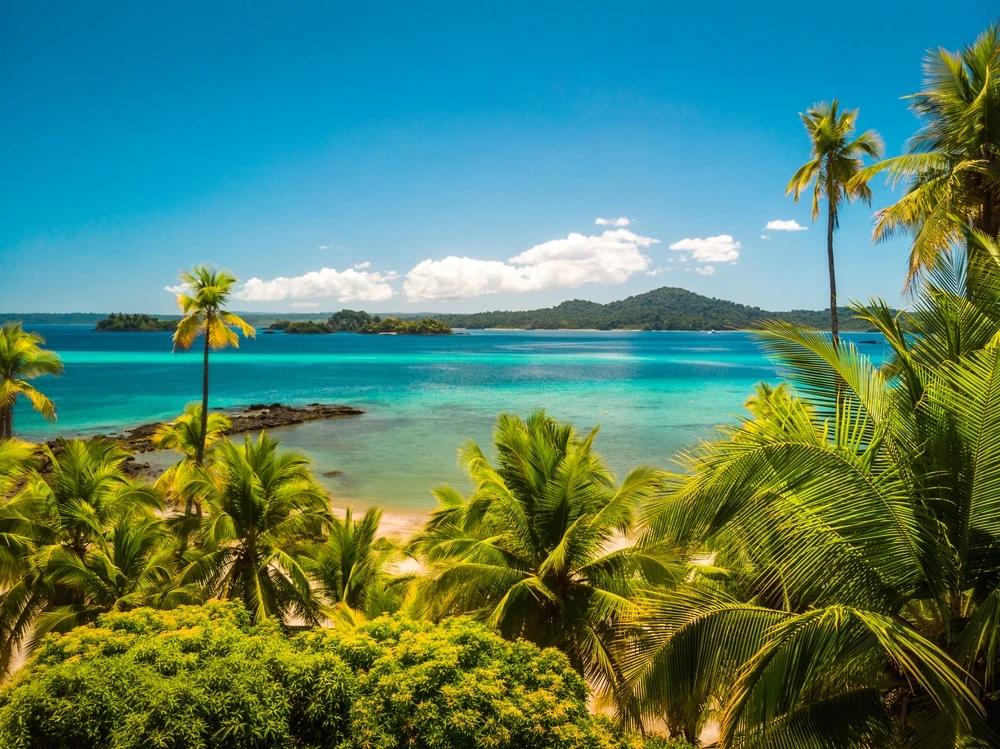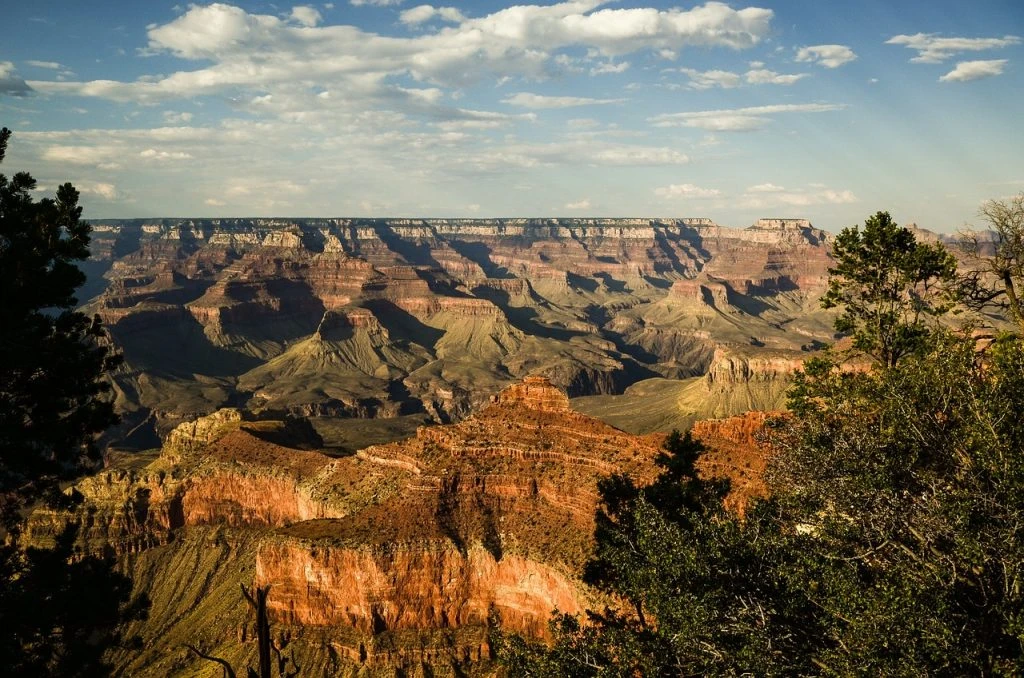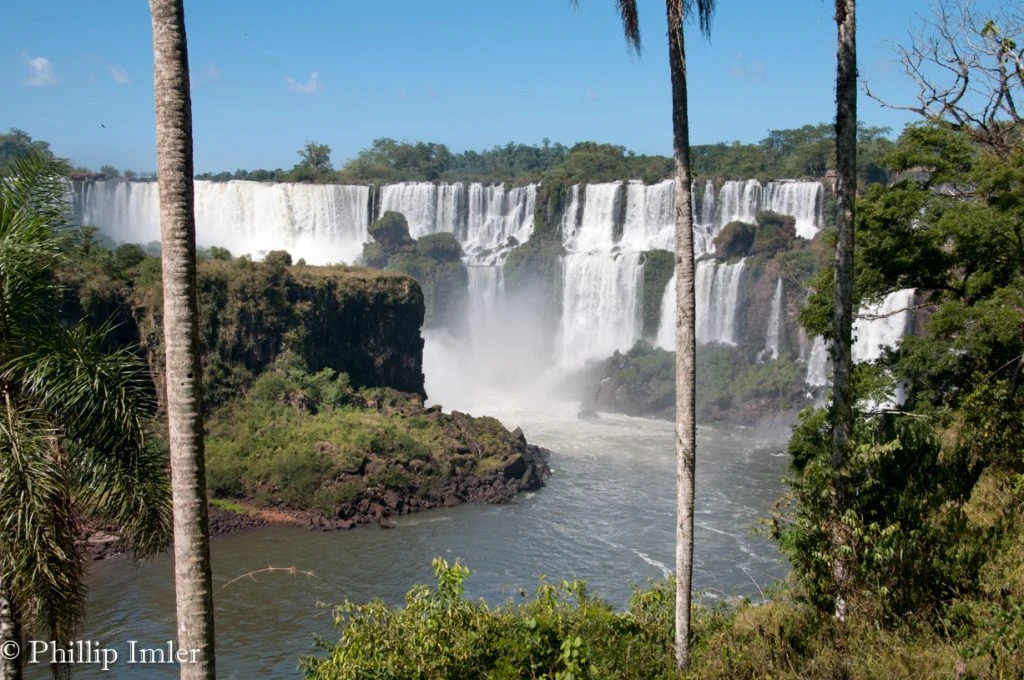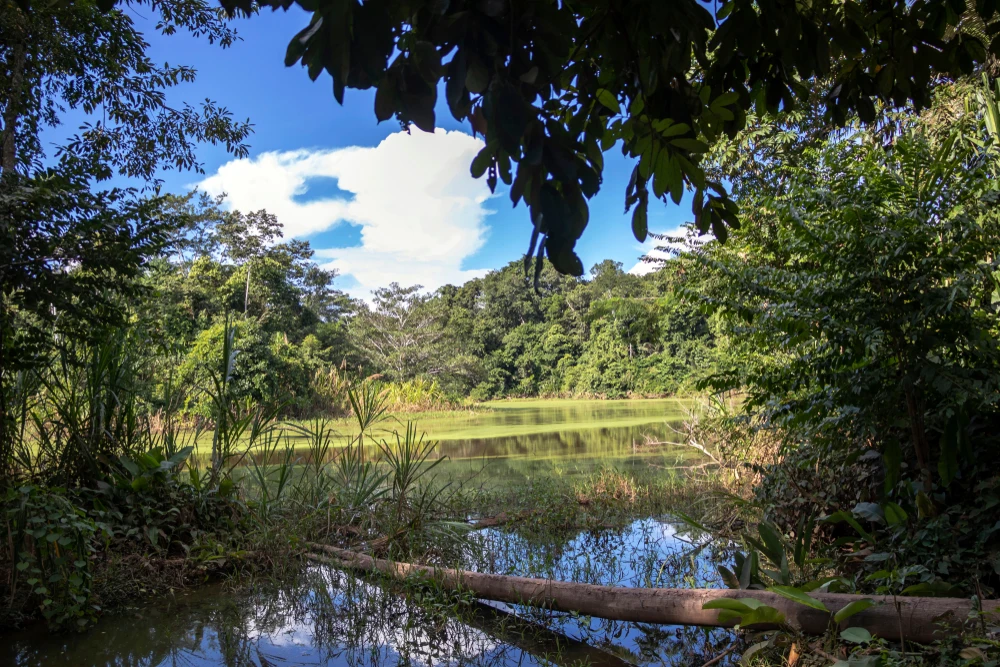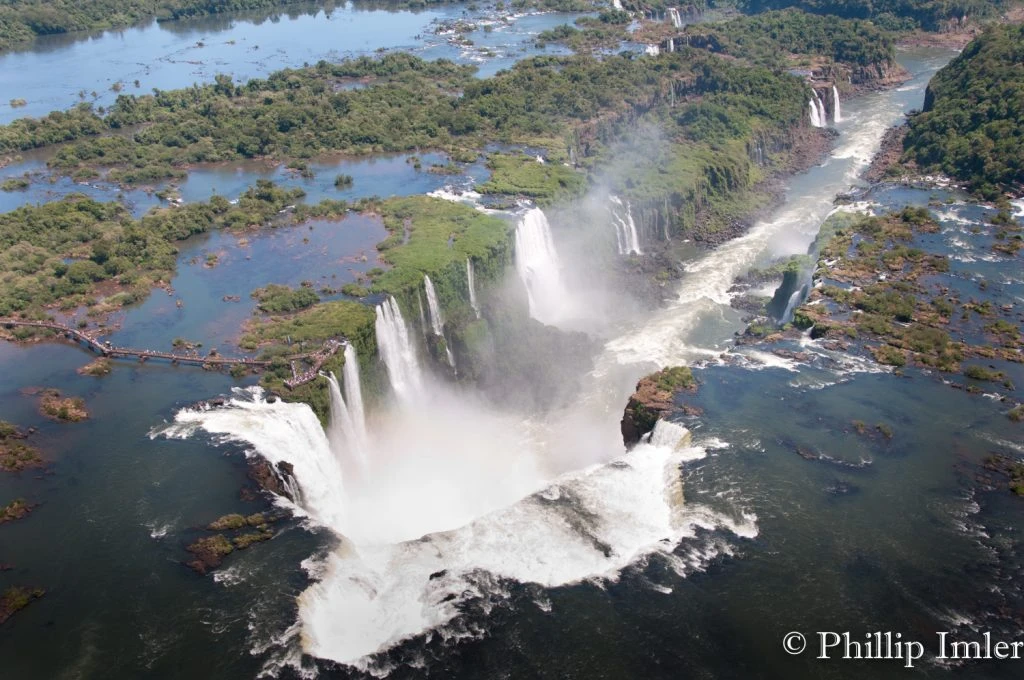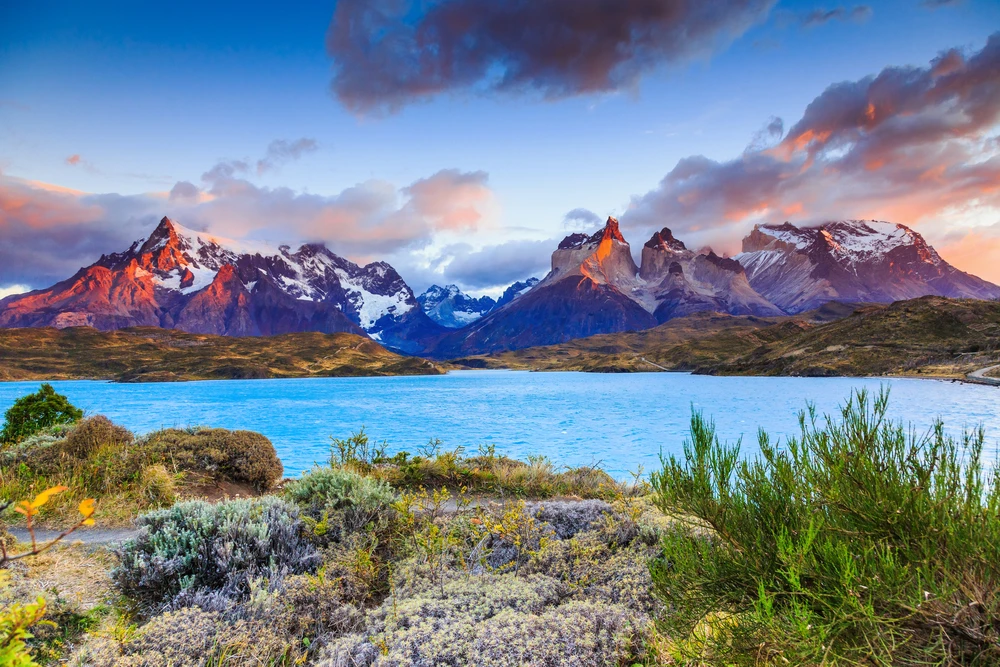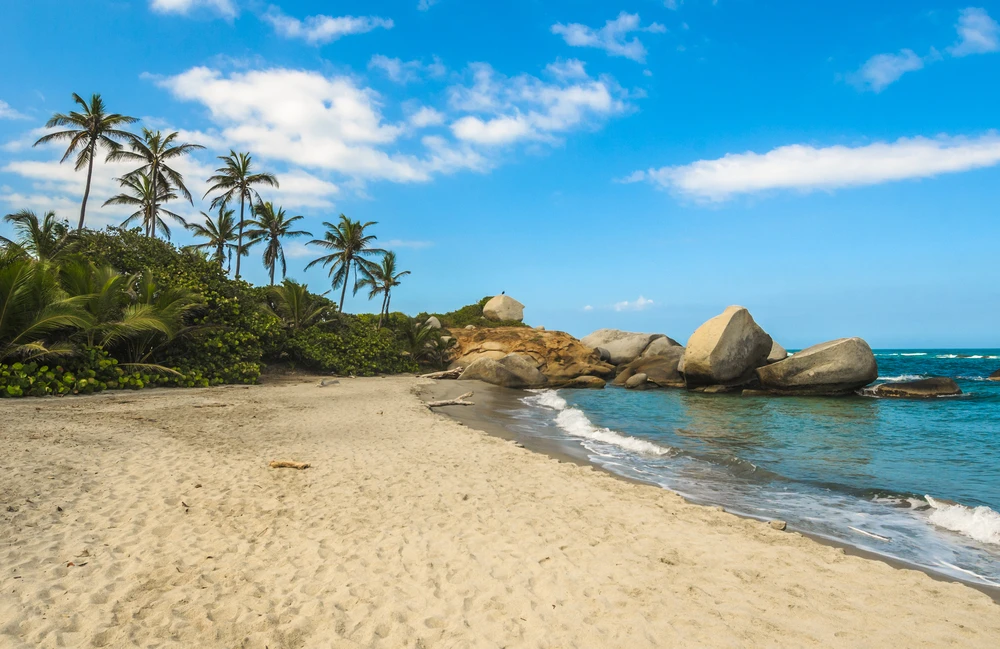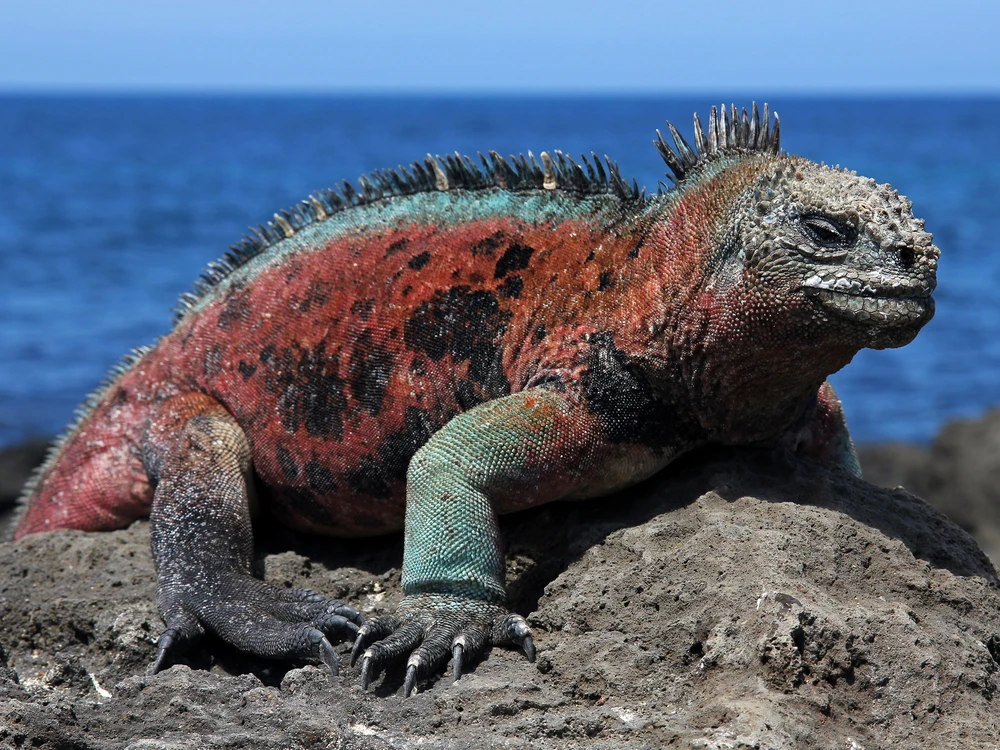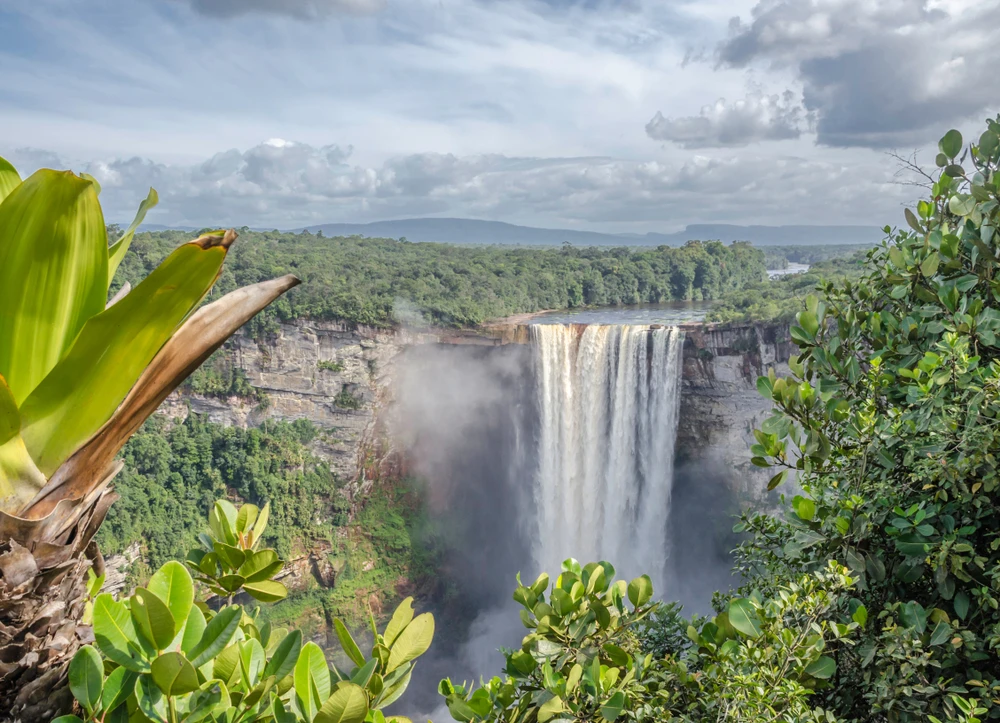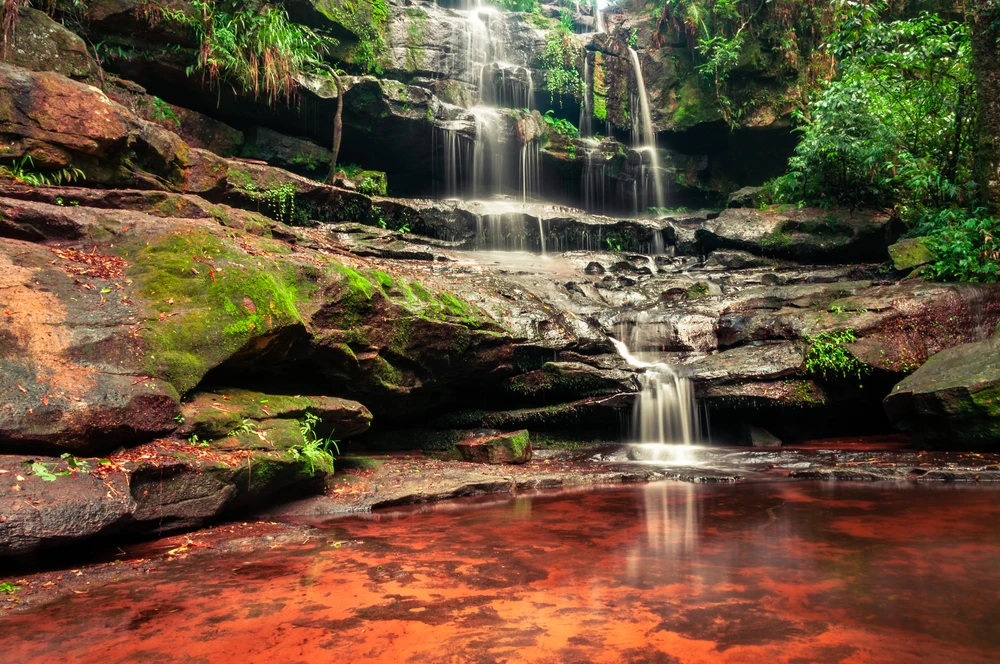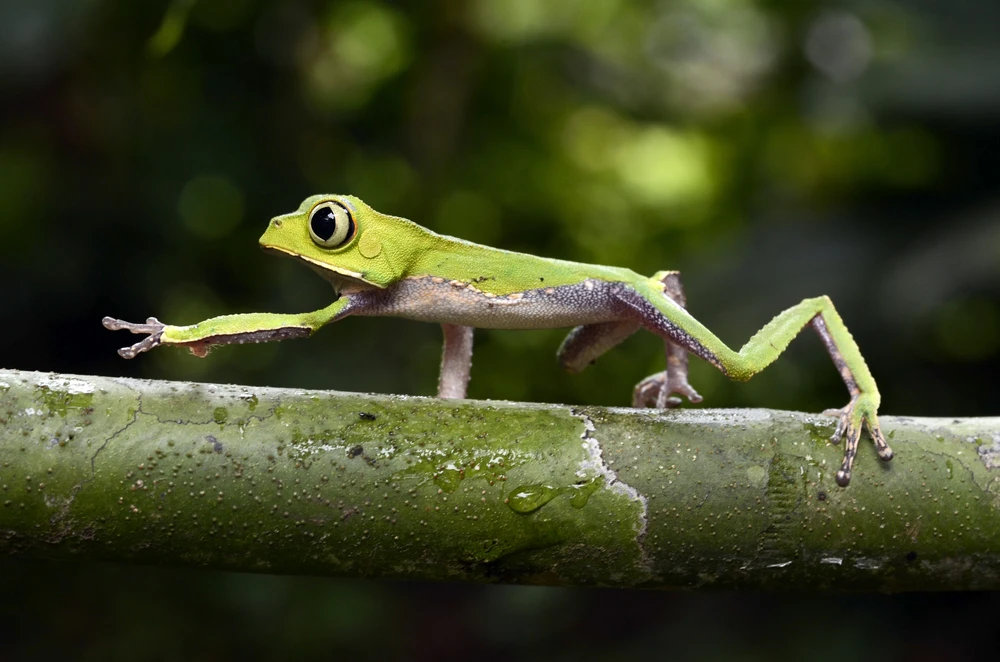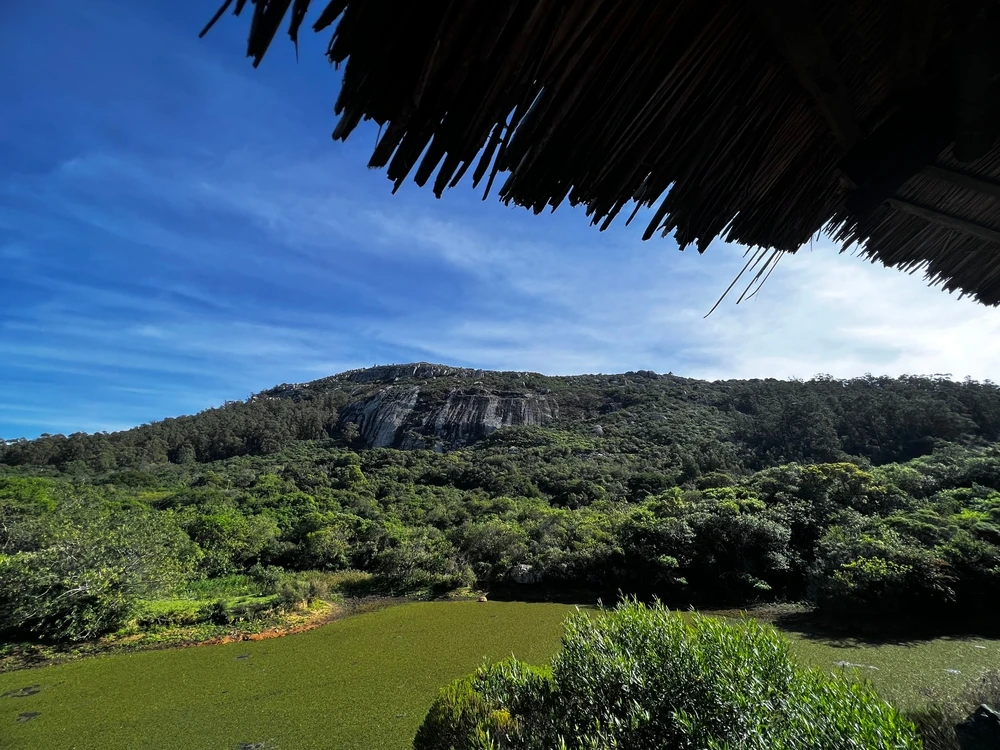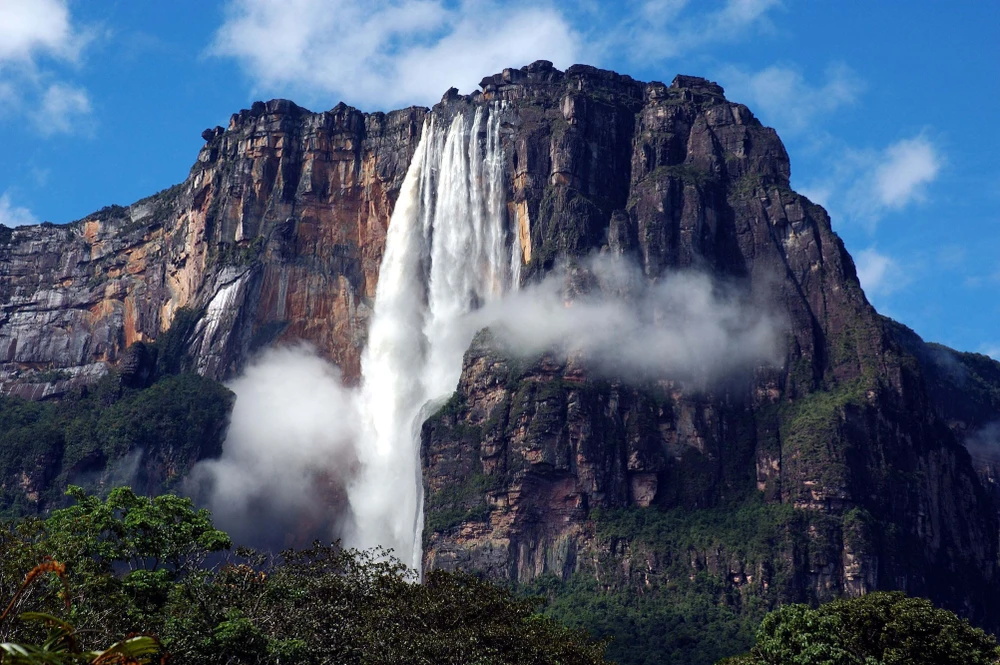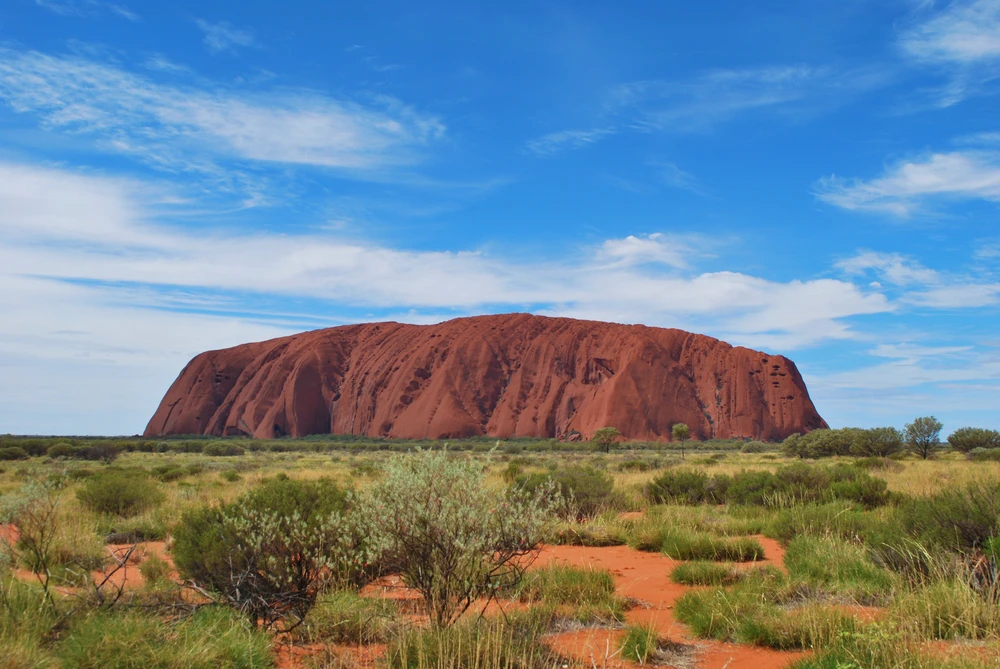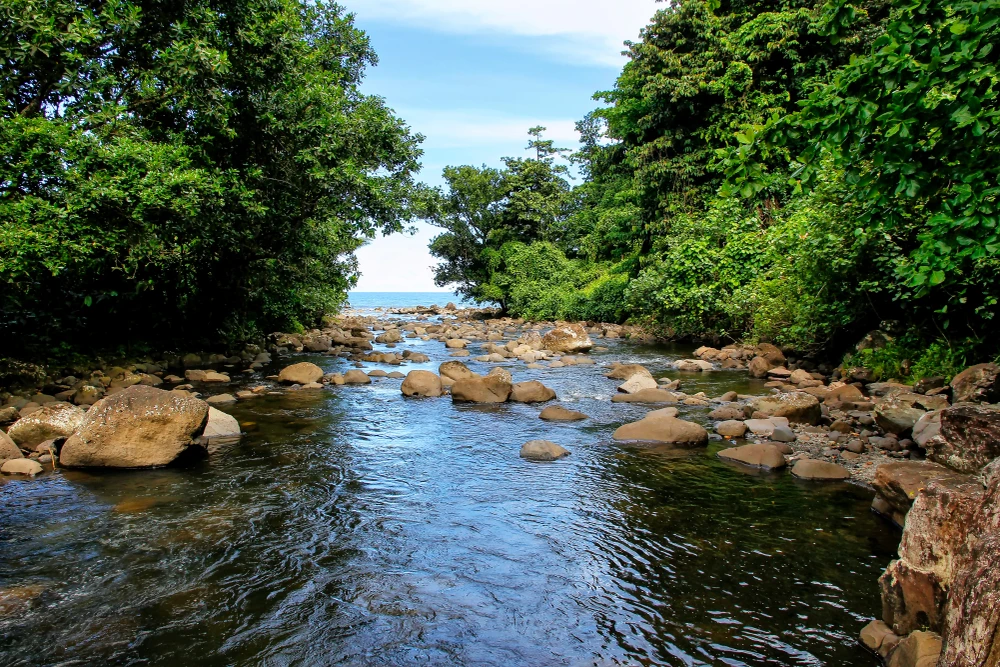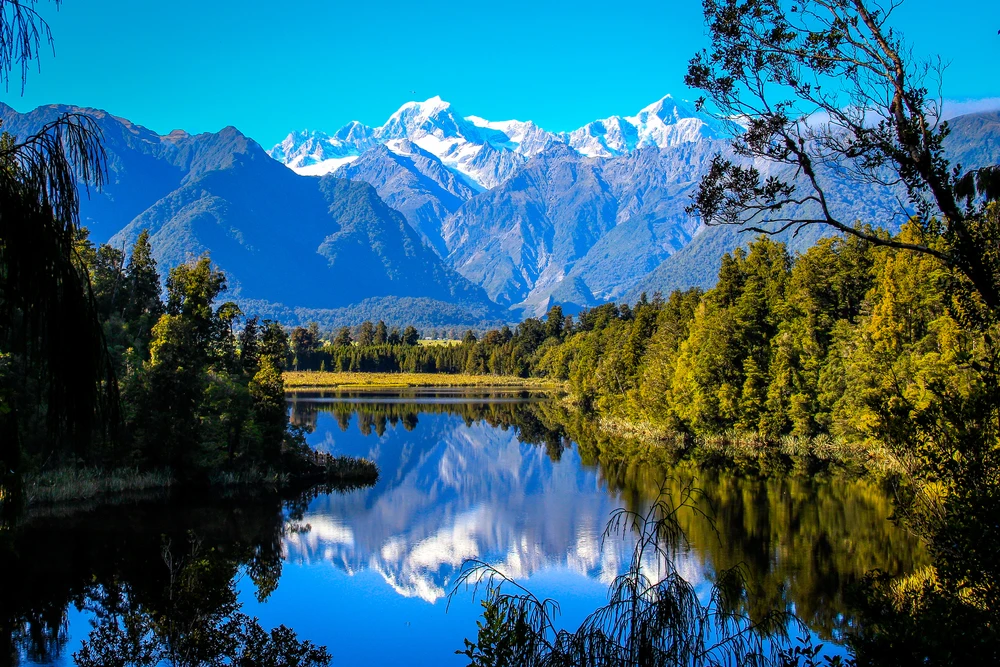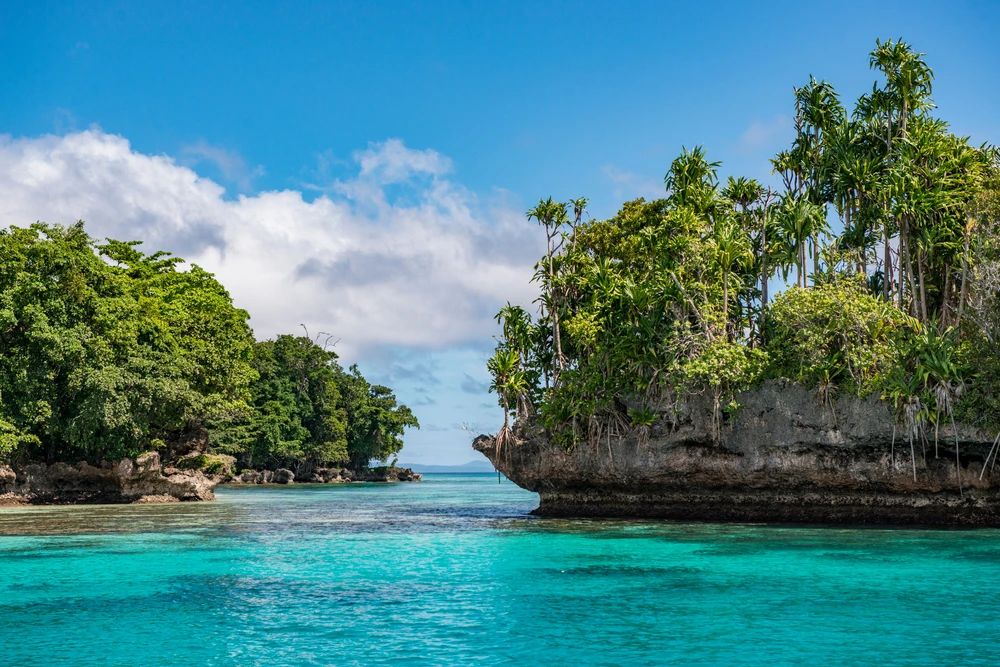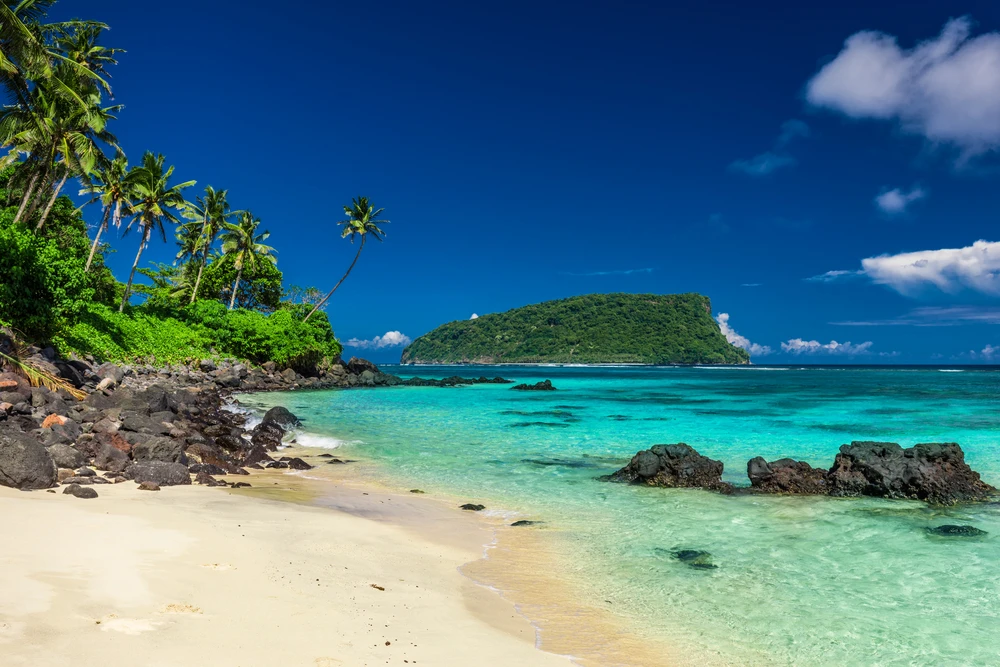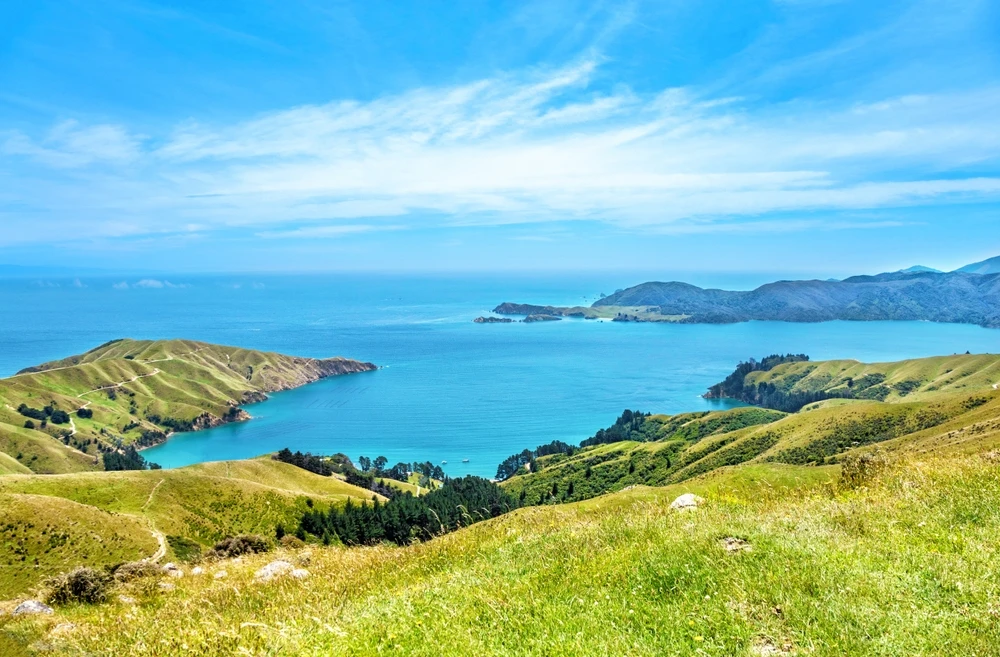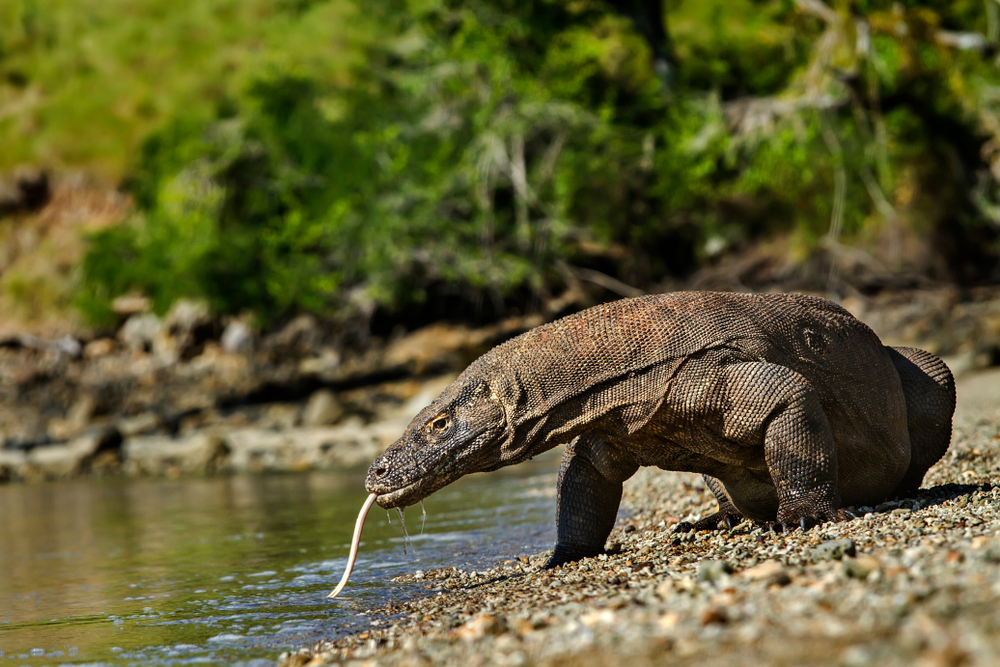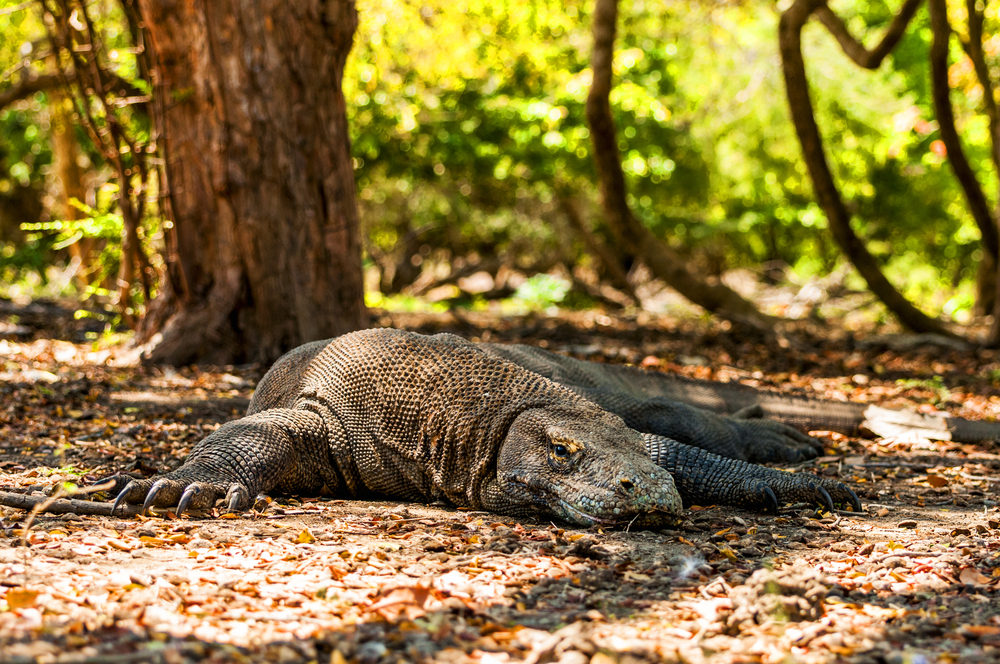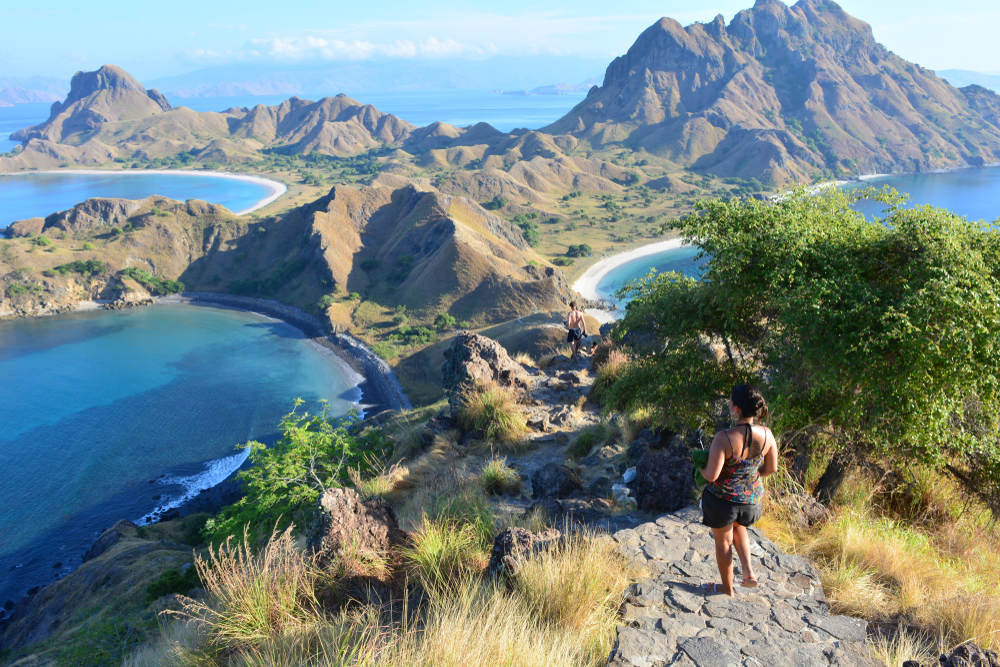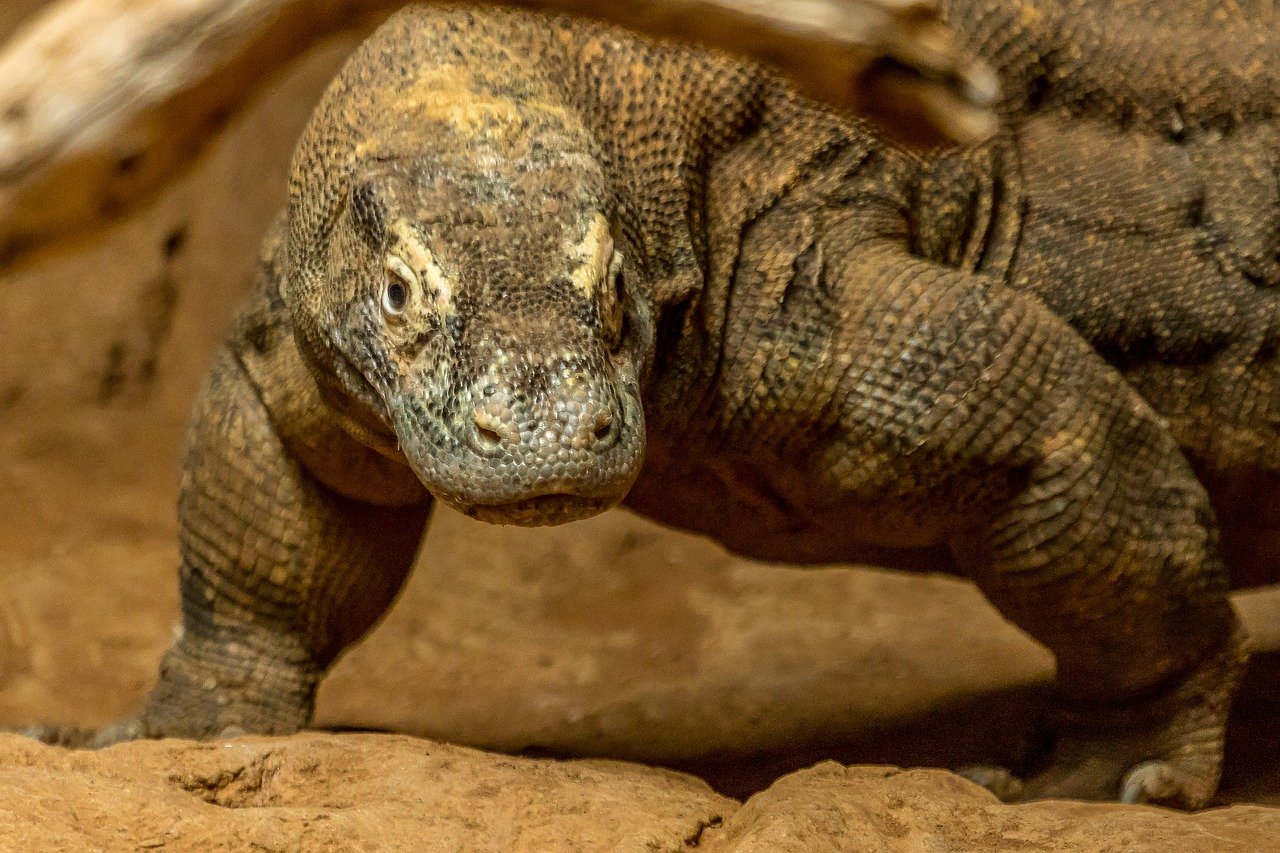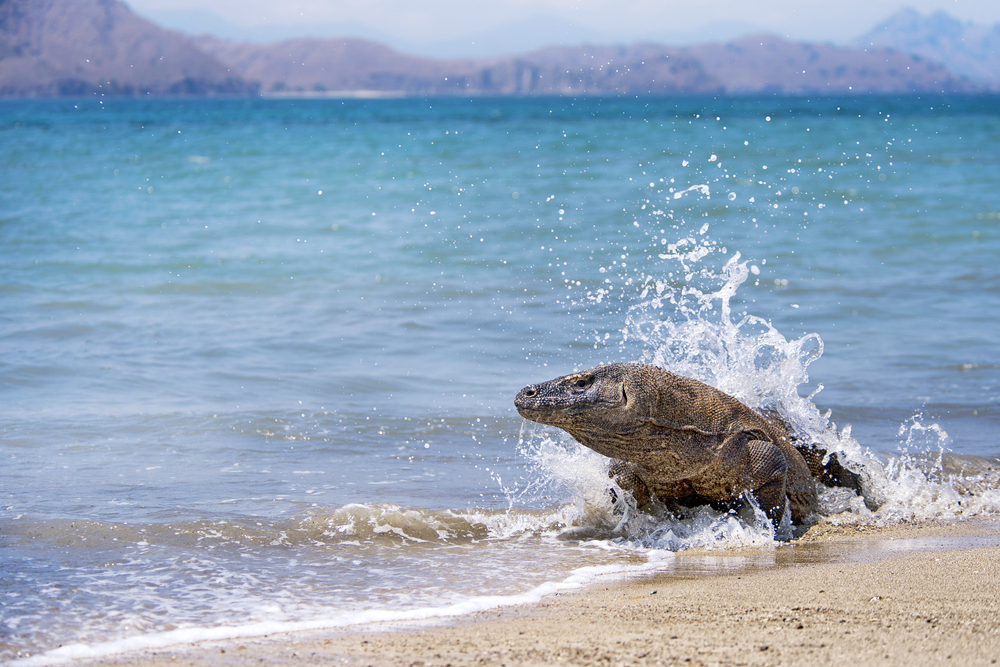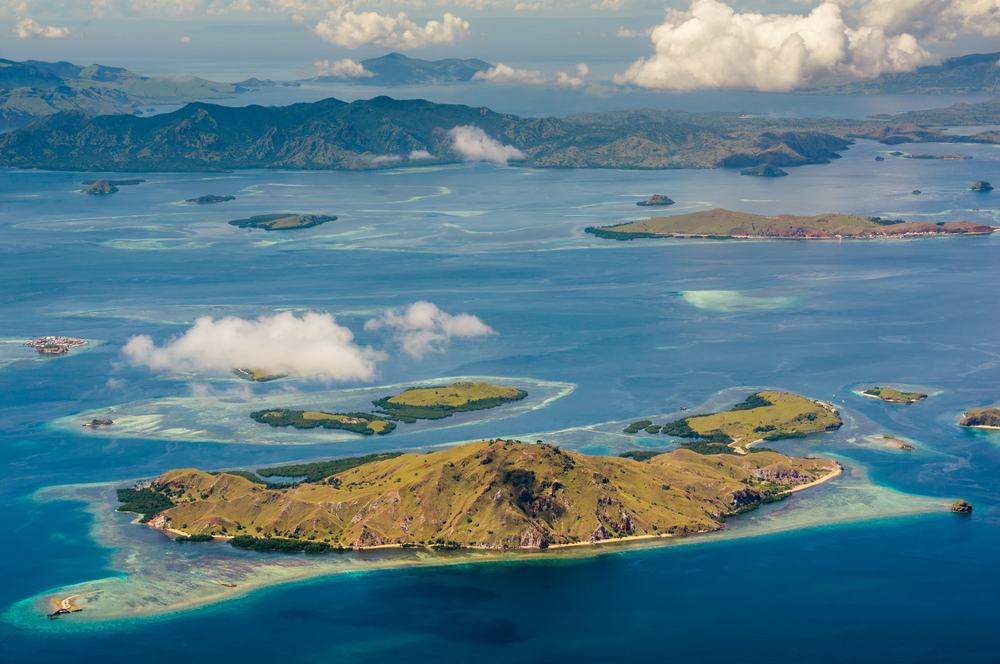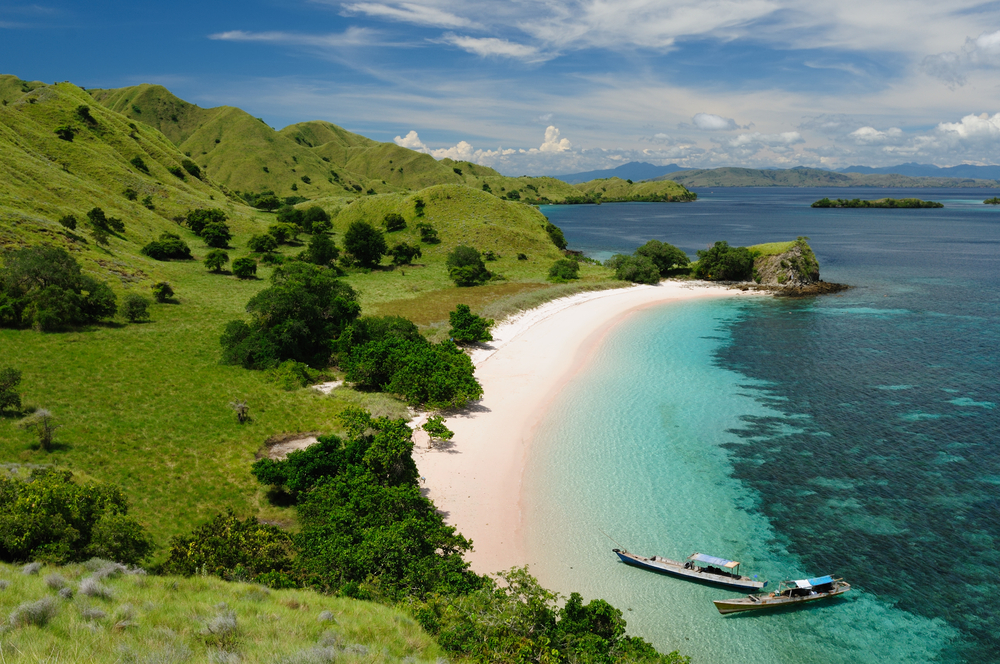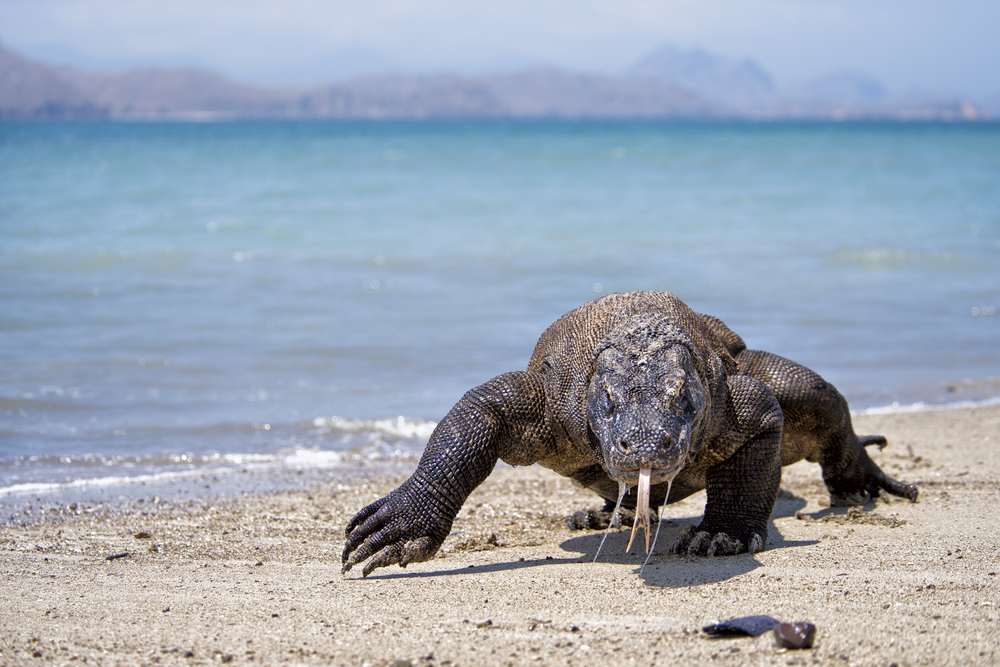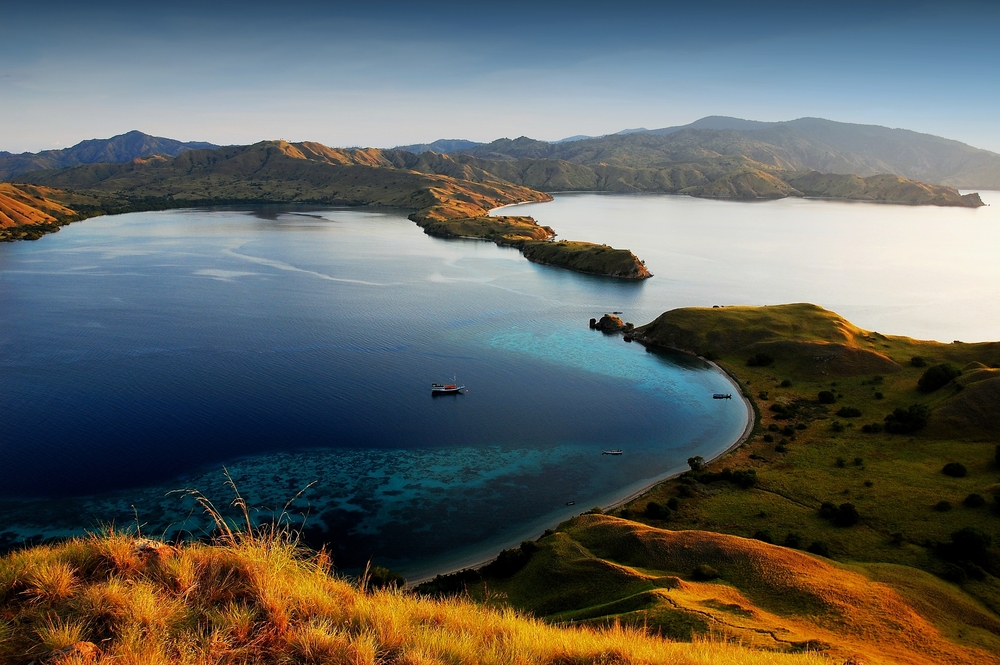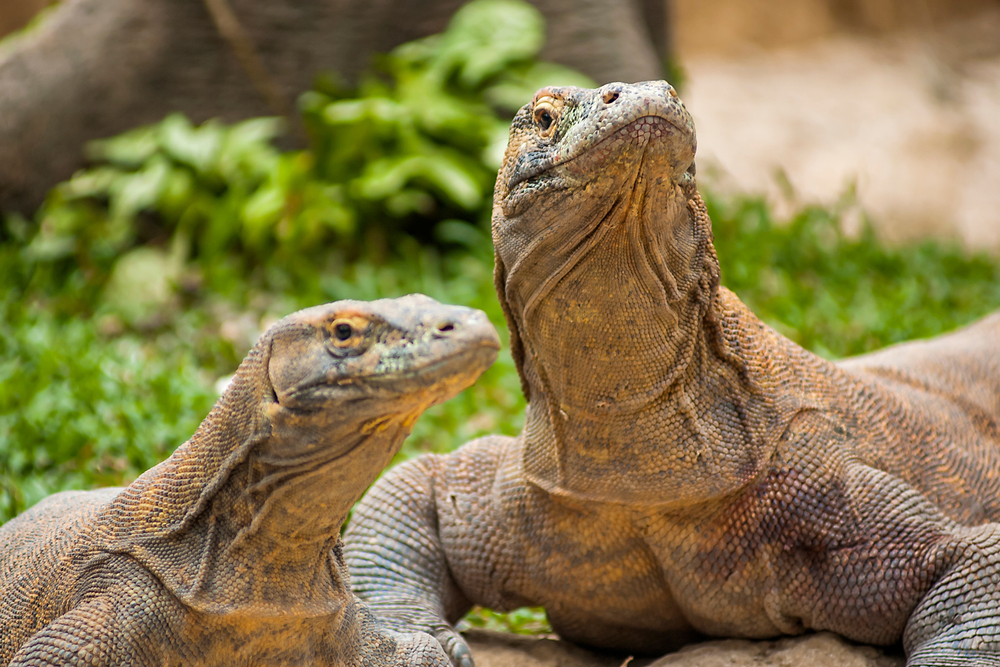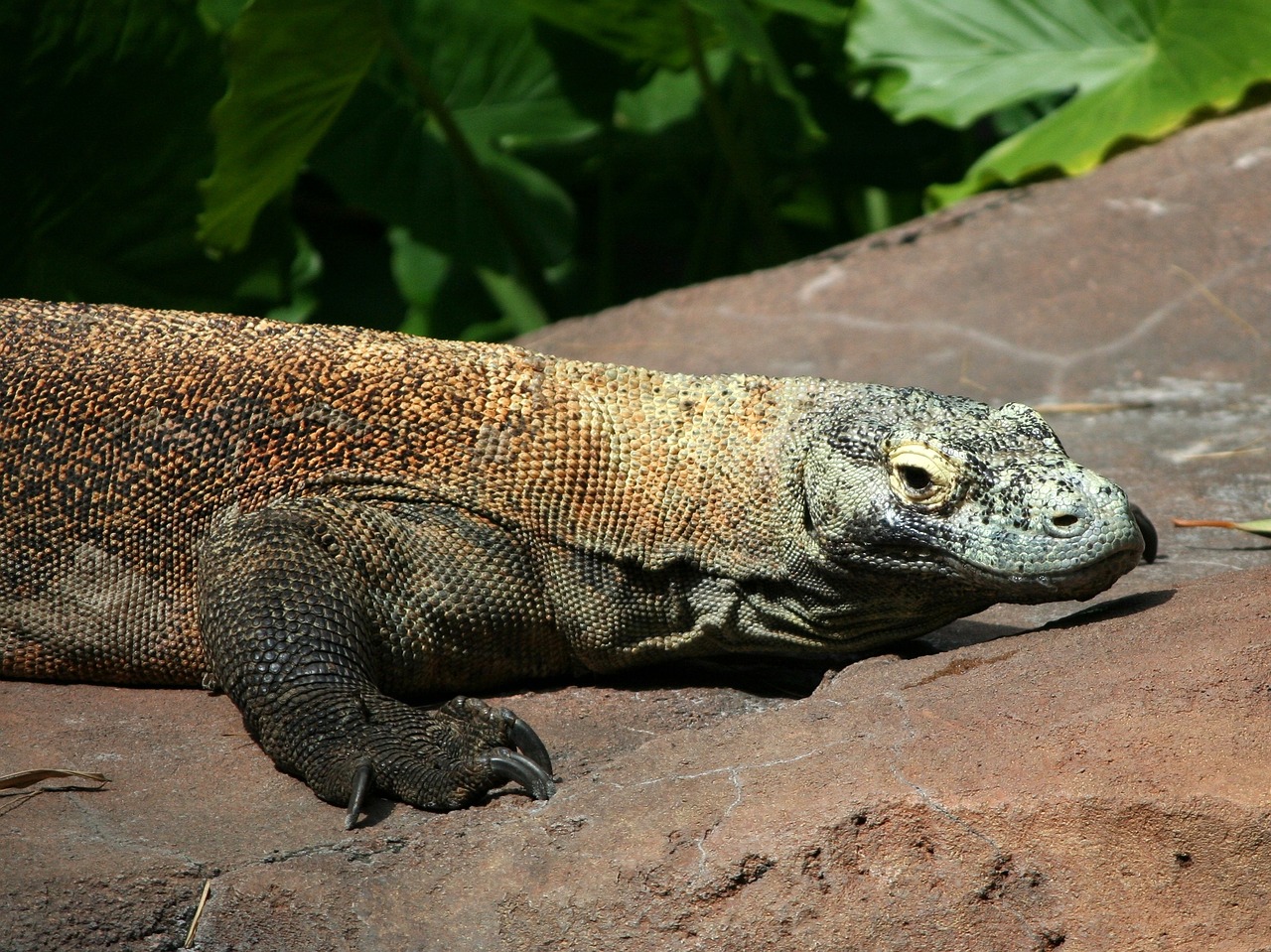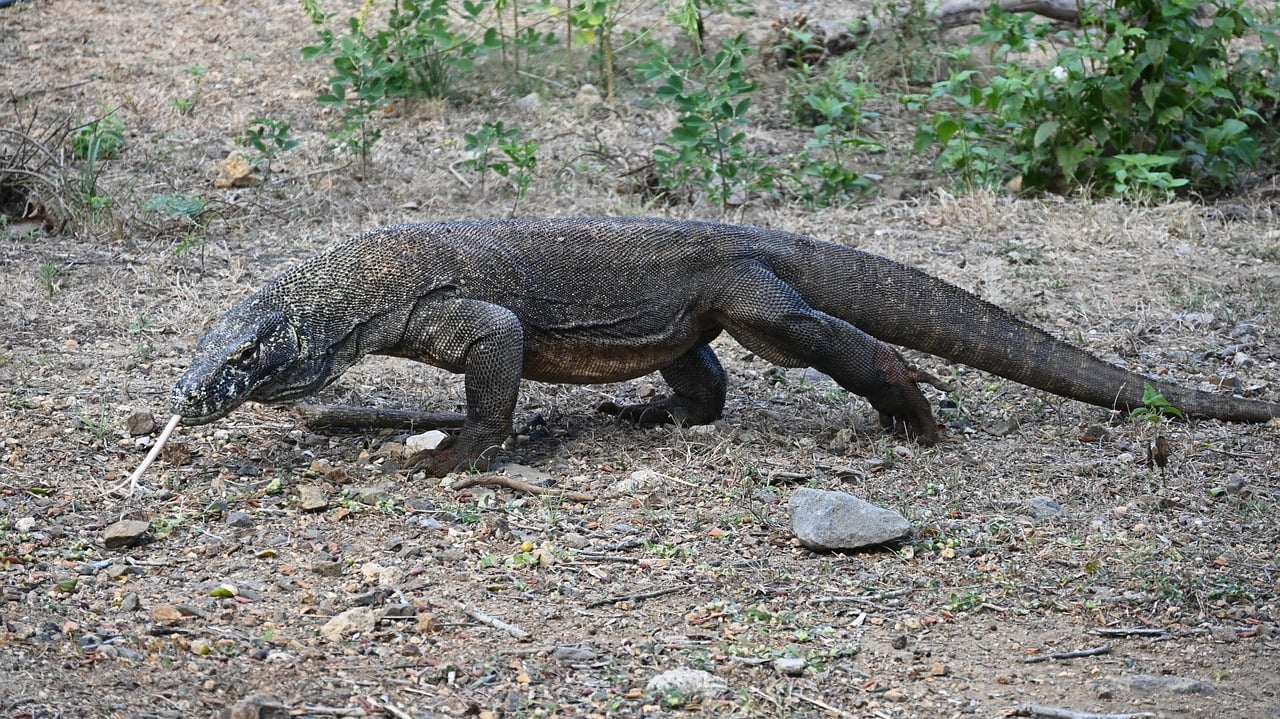The population of Komodo dragons in Komodo National Park is estimated to be around 3,000 individuals. However, population estimates may vary due to factors such as habitat changes and conservation efforts.
Komodo Overview
Komodo National Park, a UNESCO World Heritage site, is a unique and spectacular natural area located in the center of the Indonesian archipelago, between the islands of Sumbawa and Flores. Established in 1980 to protect the Komodo dragon, the world’s largest lizard, the park has since been dedicated to preserving its incredible biodiversity, both marine and terrestrial. Spanning over 1,733 square kilometers (669 square miles), of which 603 square kilometers (233 square miles) are land, the park includes the three larger islands of Komodo, Padar, and Rinca, along with 26 smaller ones.
Komodo National Park is celebrated for its extraordinary array of wildlife, including its namesake, the Komodo dragon, which has fascinated scientists and tourists alike due to its size, fearsome reputation, and ancient lineage. The park’s rugged, volcanic landscape provides a dramatic backdrop for these magnificent creatures, which can be seen roaming freely on the islands.
The park’s biodiversity extends beneath the waves, offering some of the world’s best diving spots. The rich marine environment boasts one of the globe’s richest marine biodiversities, including coral reefs, mangroves, seagrass beds, and semi-enclosed bays. These habitats support more than 1,000 species of fish, some 260 species of reef-building coral, and 14 species of whales, dolphins, and sea turtles.
Komodo National Park’s conservation efforts are not only focused on the Komodo dragon but also on its entire ecosystem, safeguarding a significant portion of Indonesia’s marine and terrestrial biodiversity. The park’s blend of terrestrial and marine ecosystems, along with its unique wildlife and breathtaking landscapes, makes it a prime destination for ecotourism and adventure, offering activities ranging from hiking on rugged island trails to snorkeling and diving in the clear blue waters surrounding the islands.
Park Map
Komodo National Park Highlights
Engaging Komodo
Komodo National Park Trails
FAQ’s
1. How many Komodo dragon lizards are there in the national park?
2. How many islands are part of Komodo National Park?
Komodo National Park comprises a total of 29 islands, including the three main islands: Komodo, Rinca, and Padar.
These islands are known for their diverse ecosystems and unique wildlife, including the iconic Komodo dragons.
3. Which island has the most Komodo dragons?
Rinca Island is known to have the highest population of Komodo dragons within Komodo National Park. This island is one of the main habitats for these iconic reptiles and offers visitors the opportunity to observe them in their natural environment.
4. What is the best way to see Komodo dragons?
The best way to see Komodo dragons is by joining guided tours or hikes led by experienced park rangers or local guides within Komodo National Park. These tours typically take visitors to areas where Komodo dragons are commonly spotted, such as Rinca and Komodo Islands.
To increase your chances of seeing one, it’s recommended to visit during the cooler parts of the day when the dragons are more active, such as early morning or late afternoon.
Additionally, staying quiet and following the instructions of your guide can help minimize disturbance to the animals and improve your chances of a successful encounter.
5. How dangerous are Komodo dragons to people?
Komodo dragons can be dangerous to people, especially if provoked or threatened. They are formidable predators with powerful jaws, sharp teeth, and strong claws.
While they typically hunt smaller prey like deer and pigs, they have been known to attack humans if they feel threatened or if they mistake them for prey.
Komodo dragons have a potent venom that can cause serious injury or death to their prey, including humans. Additionally, their mouths harbor bacteria that can lead to infections if bitten.
As a result, it’s essential for visitors to follow safety guidelines and regulations when visiting Komodo National Park, such as staying with guides at all times, refraining from approaching or feeding the dragons, and keeping a safe distance from them.
Respecting their space and behavior is crucial for ensuring both visitor safety and the conservation of these iconic reptiles.
Sources
- Britannica, Komodo, https://www.britannica.com/place/Komodo, Retrieved March 2024.
- Britannica, Komodo Island, https://www.britannica.com/place/Komodo, retrieved April 2024.
- IUCN World Heritage Outlook, Komodo National Park, https://www.worldheritageoutlook.iucn.org/explore-sites/wdpaid/67725, retrieved April 2024.
- Komodo National Park, Official Site, http://www.komodonationalpark.org/, retrieved April 2024.
- National Geographic, How to go Beyond the Dragons in Komodo National Park, https://www.nationalgeographic.com/travel/destinations/asia/indonesia/adventures-komodo-national-park-unesco-world-heritage/, retrieved April 2024.
- National Geographic, Komodo Dragon, https://www.nationalgeographic.com/animals/reptiles/k/komodo-dragon/, retrieved April 2024.
- UNESCO, Komodo National Park, https://whc.unesco.org/en/list/609/, retrieved March 2024.
- World Wildlife Fund, Komodo, https://wwf.panda.org/discover/knowledge_hub/where_we_work/coraltriangle/coraltrianglefacts/places/komodonationalparkindonesia/, retrieved March 2024.

